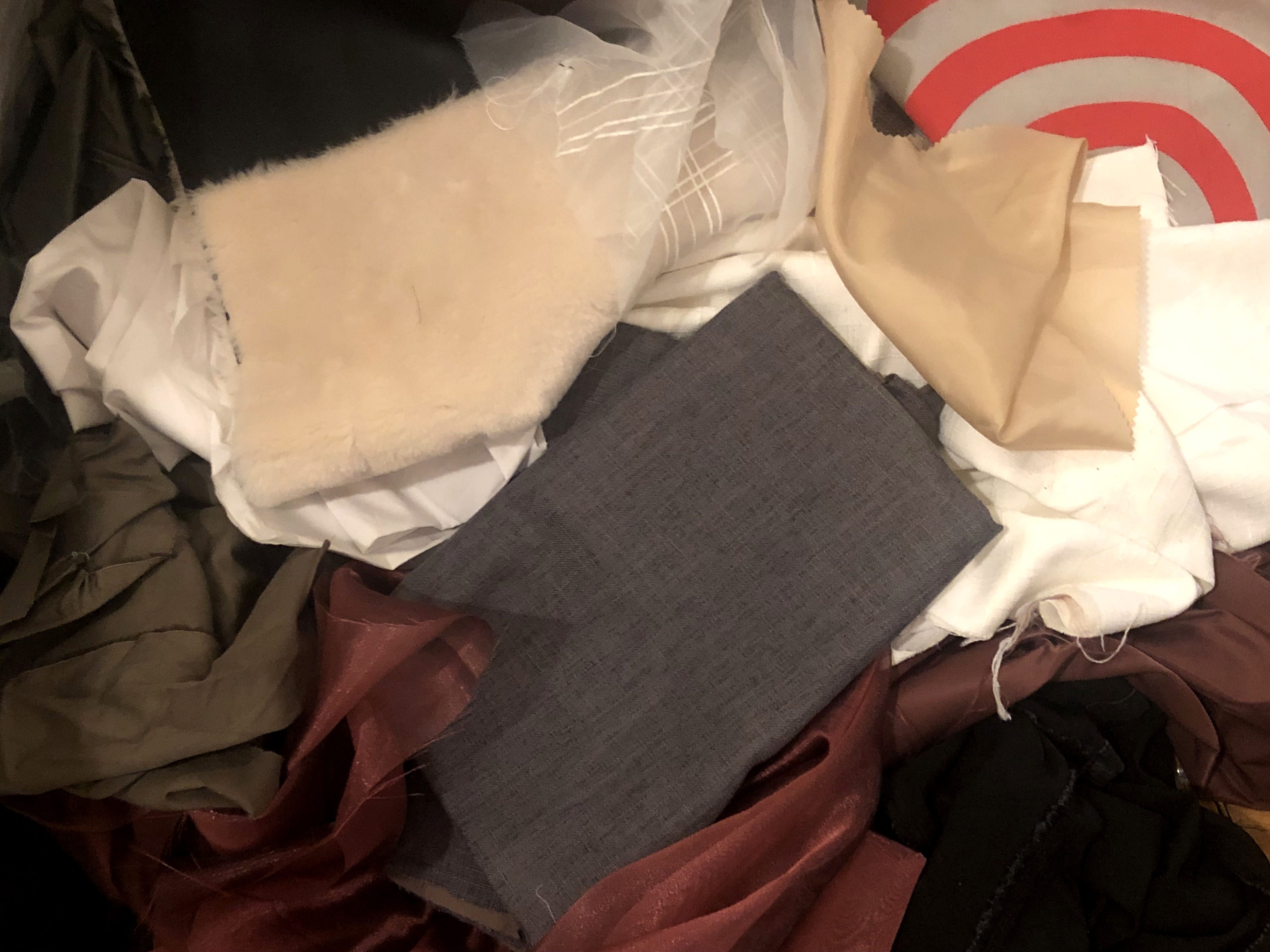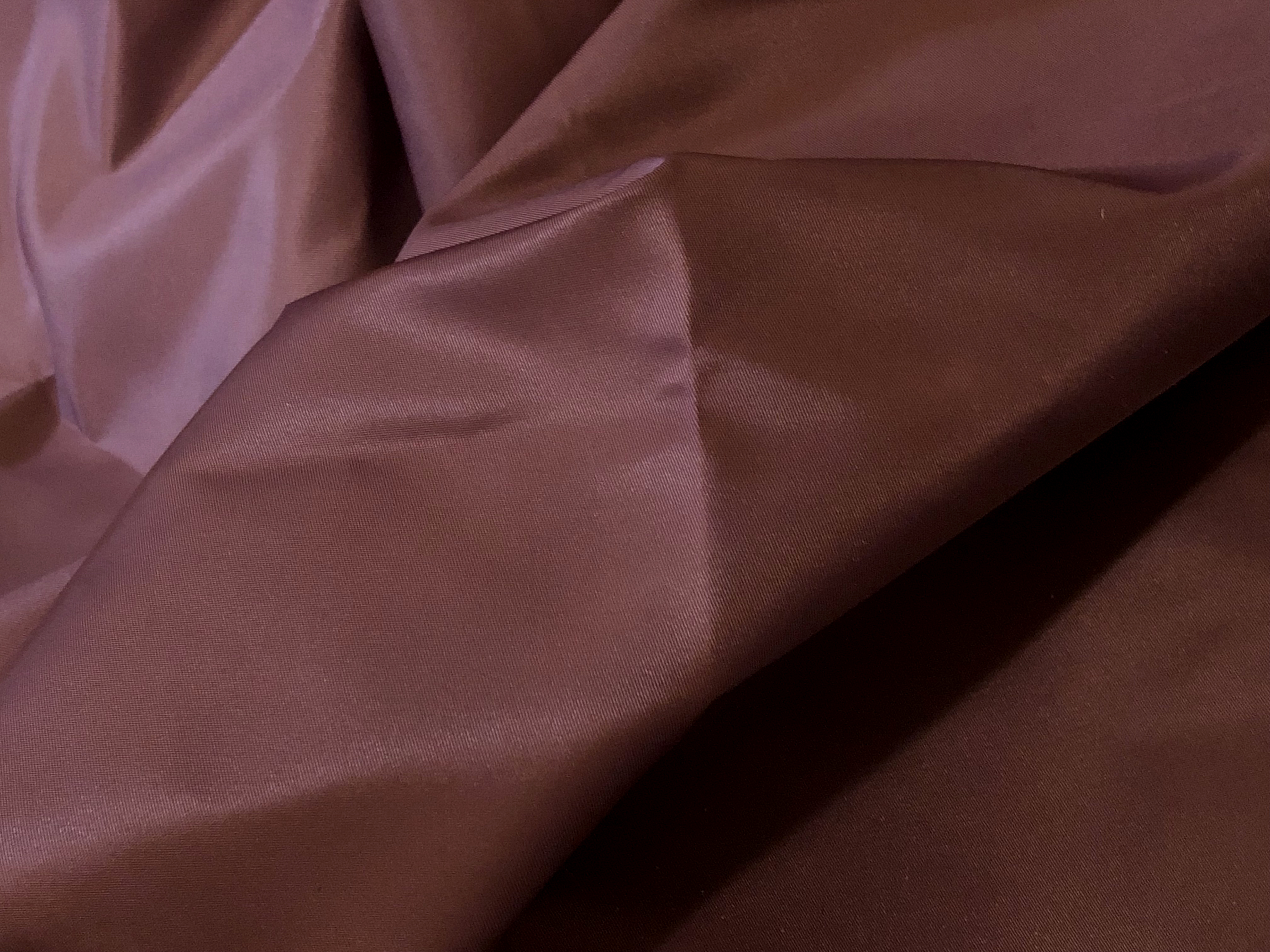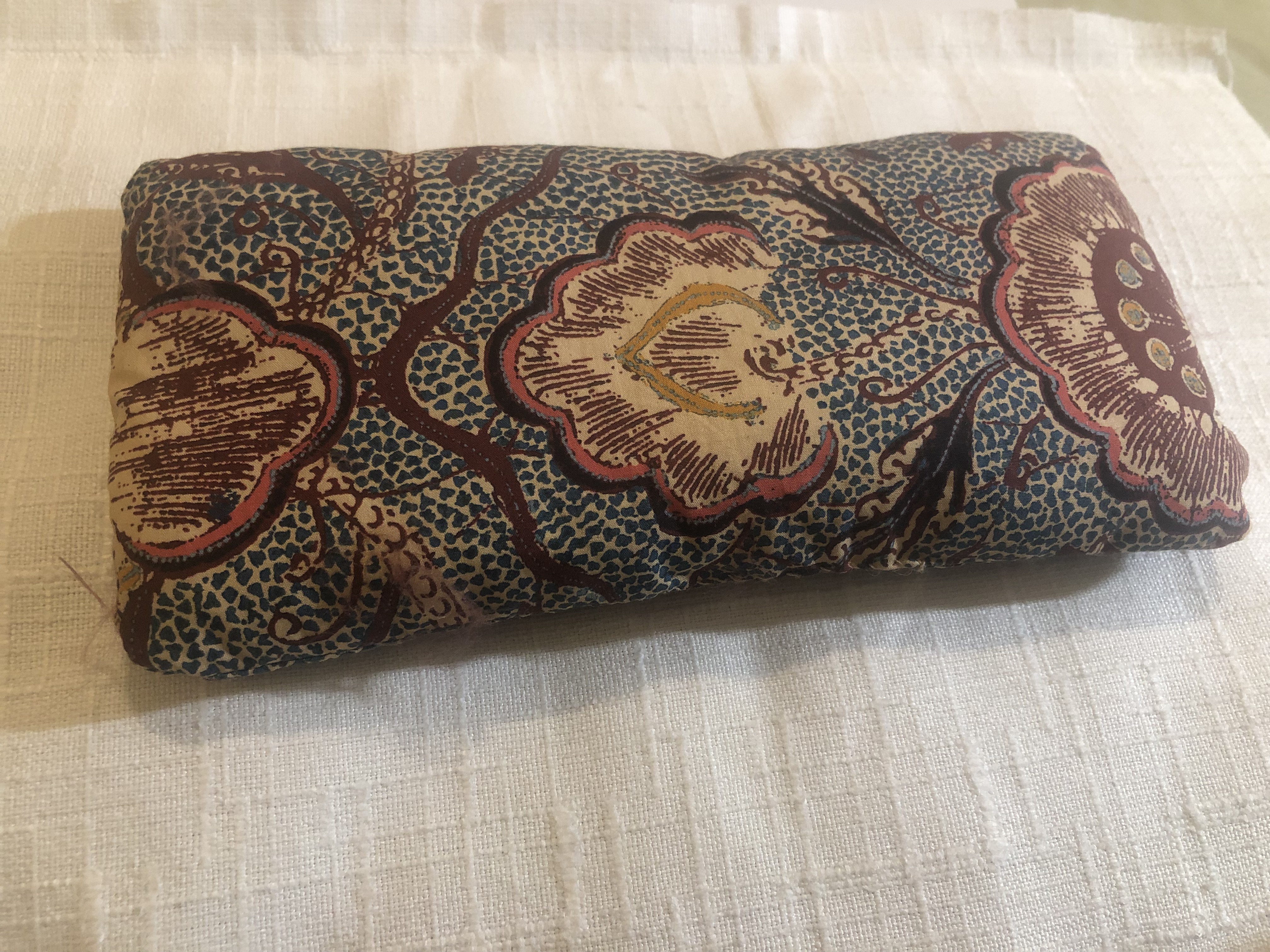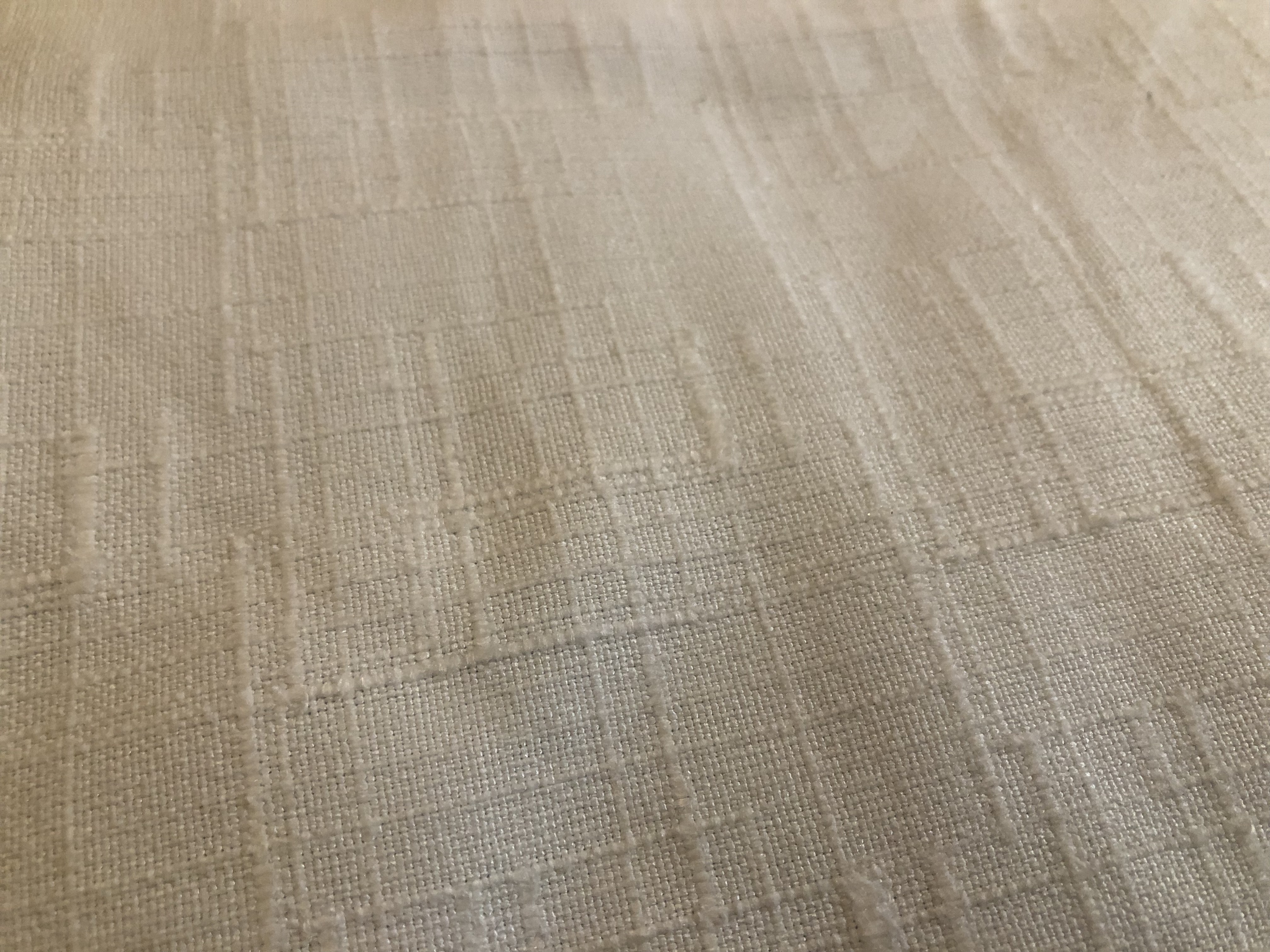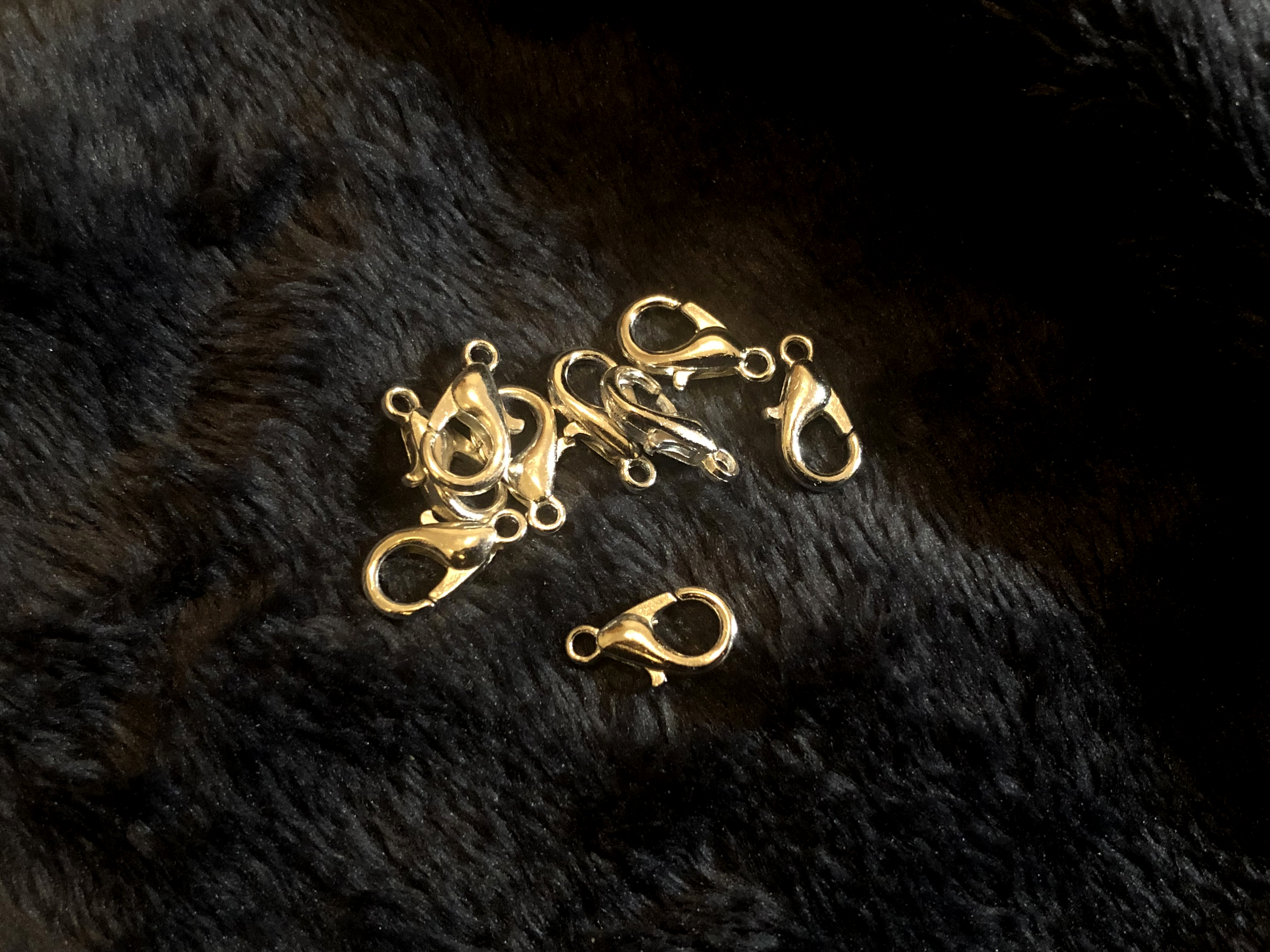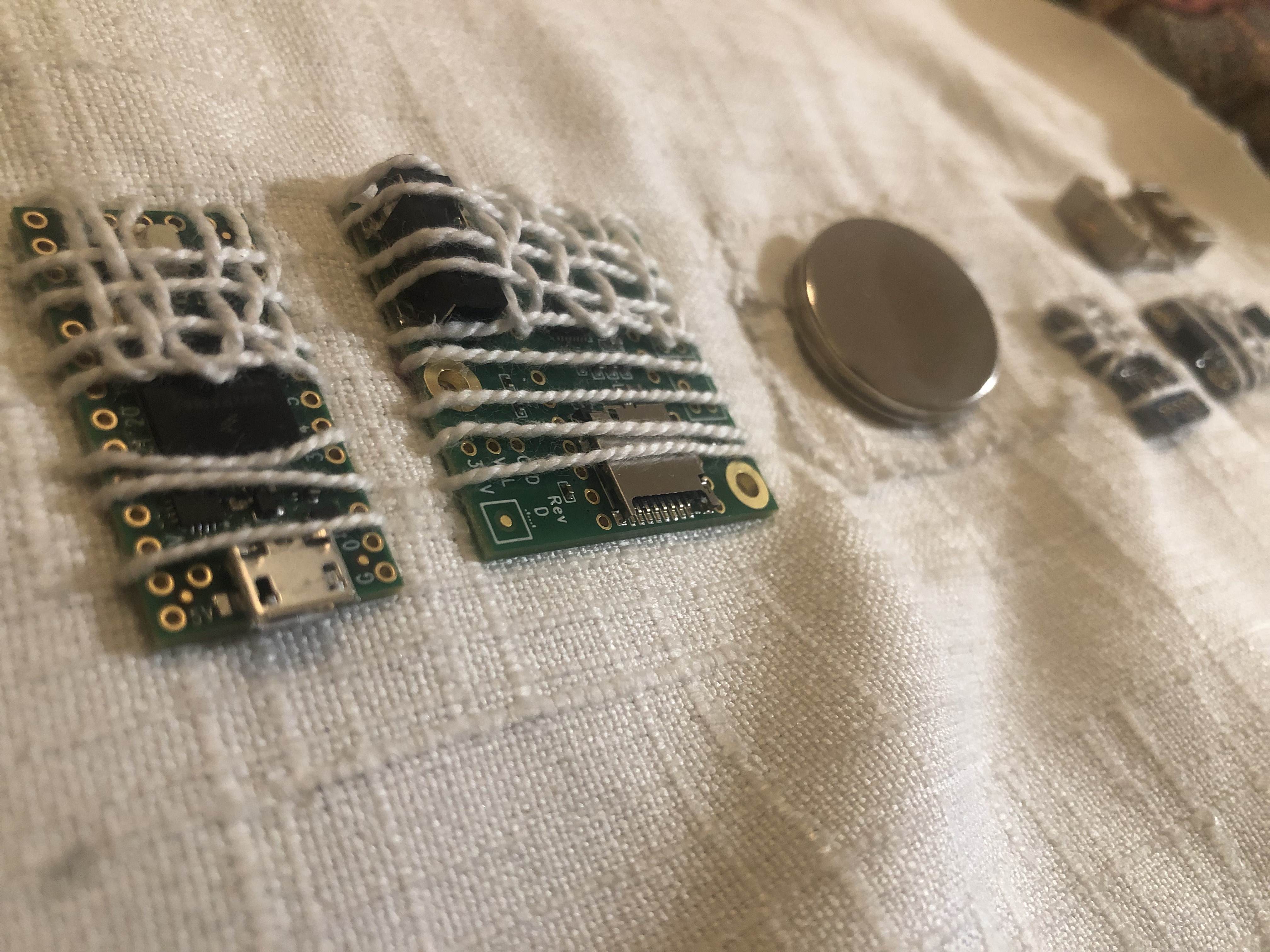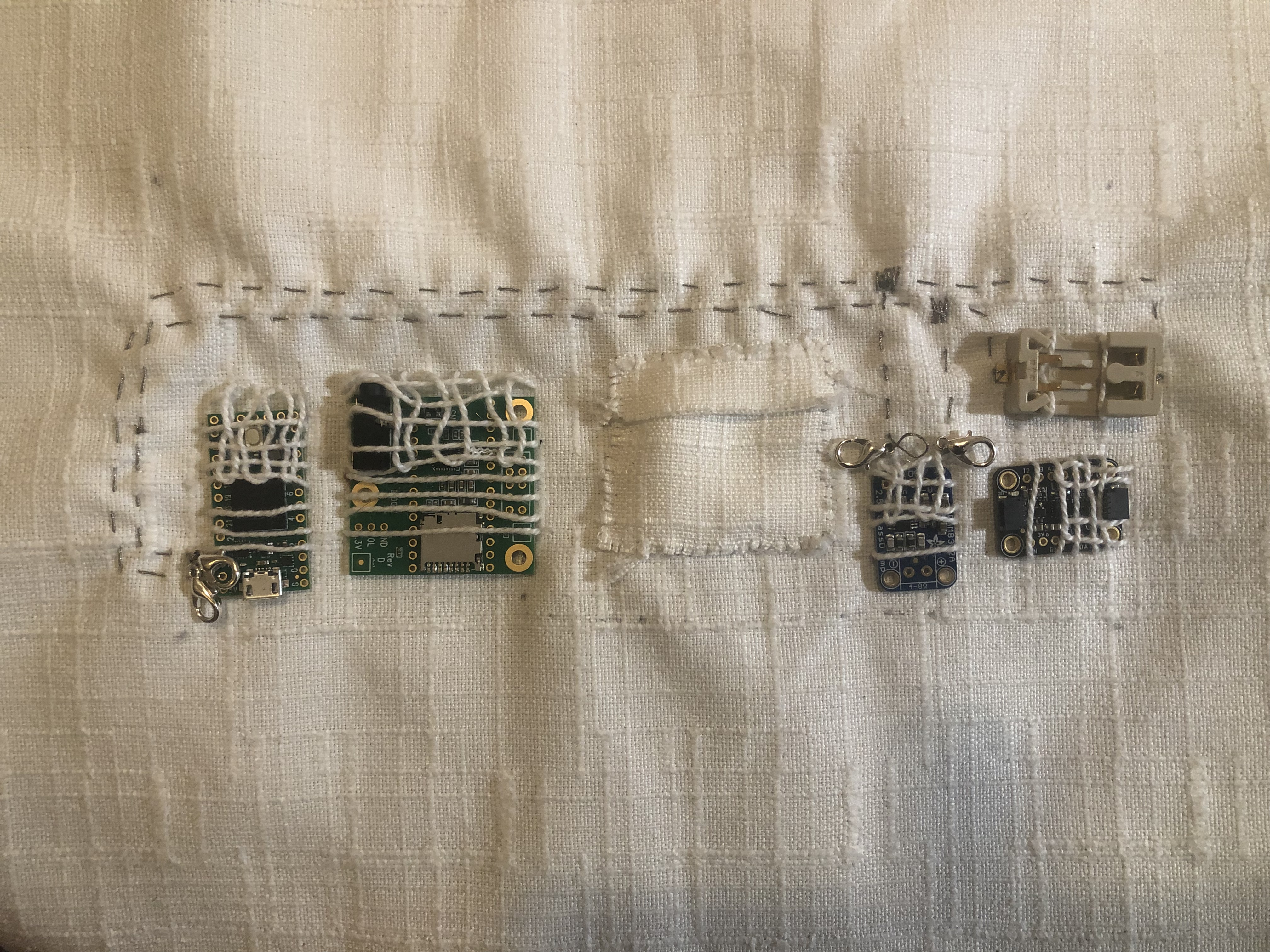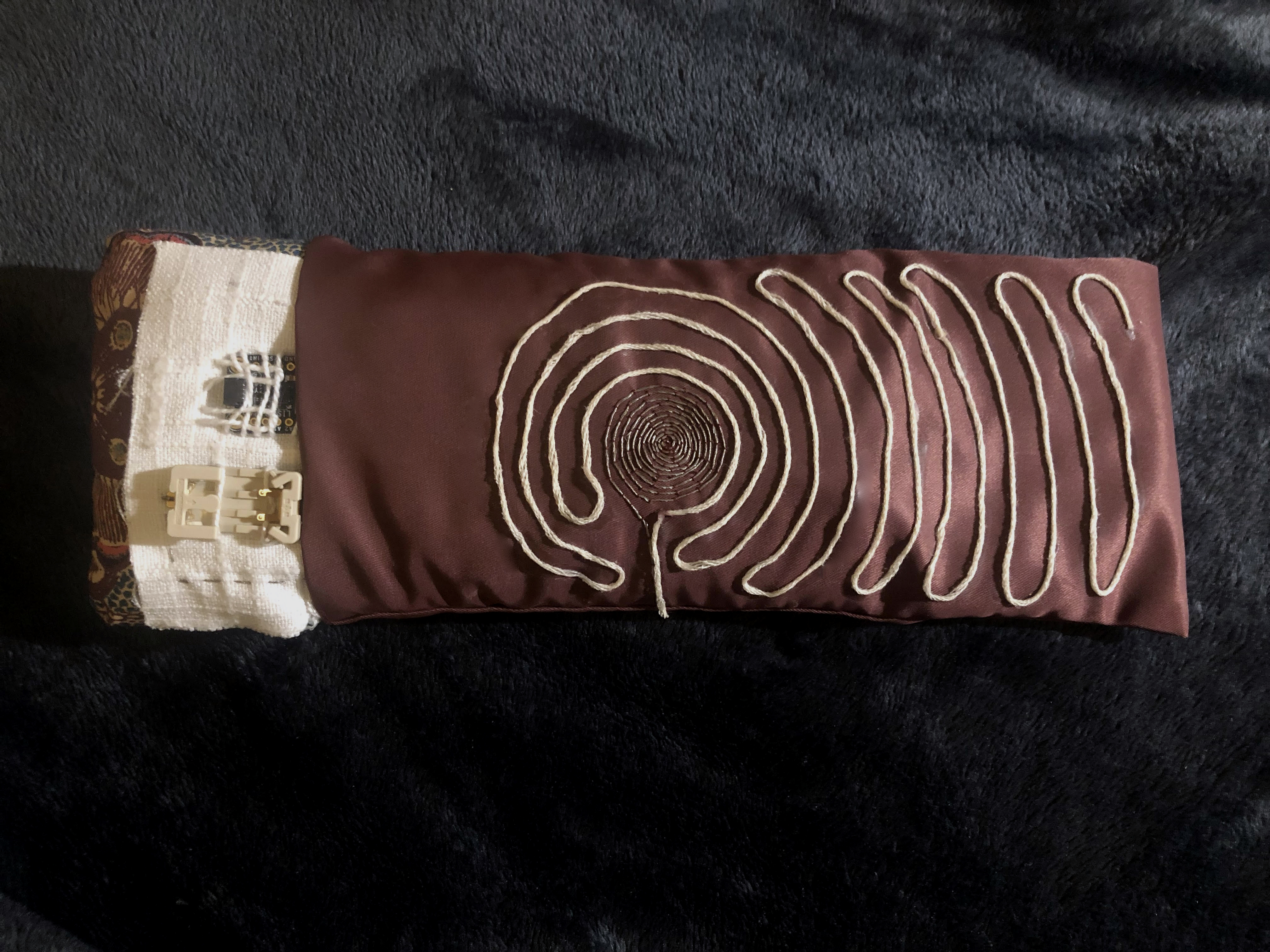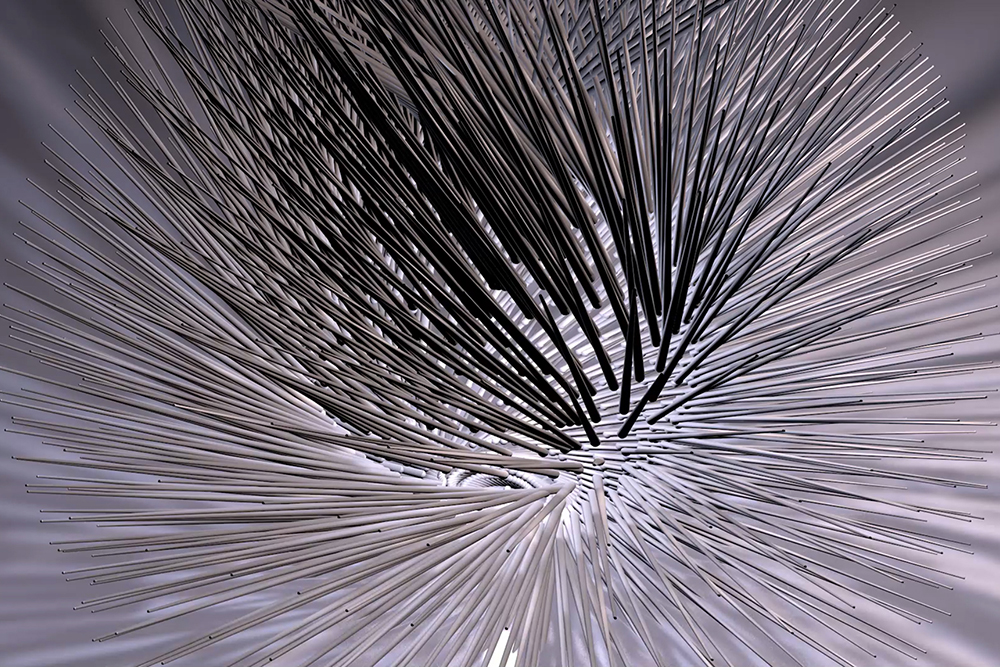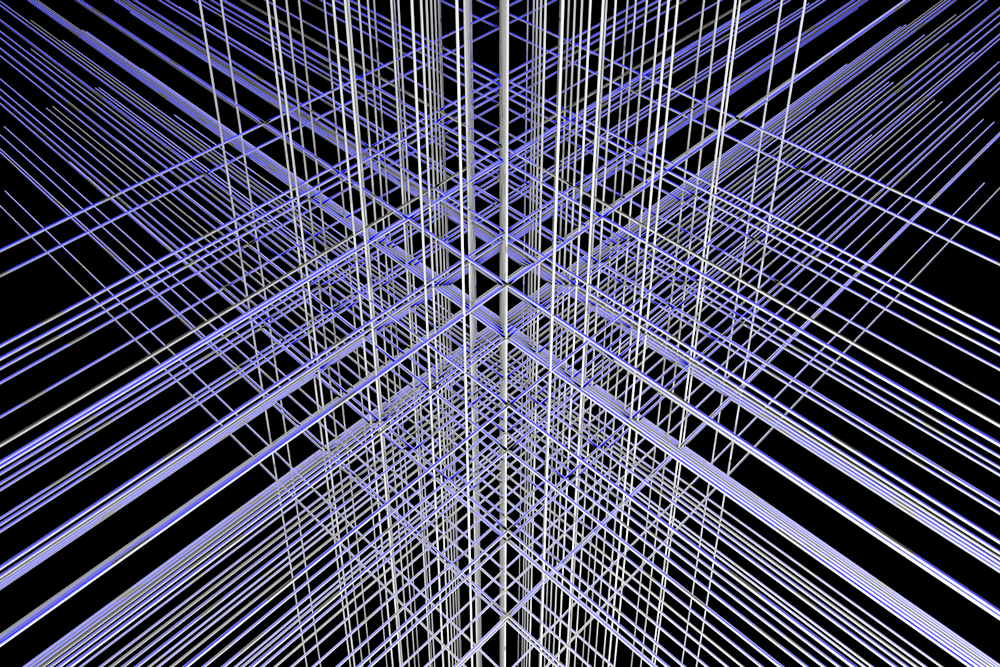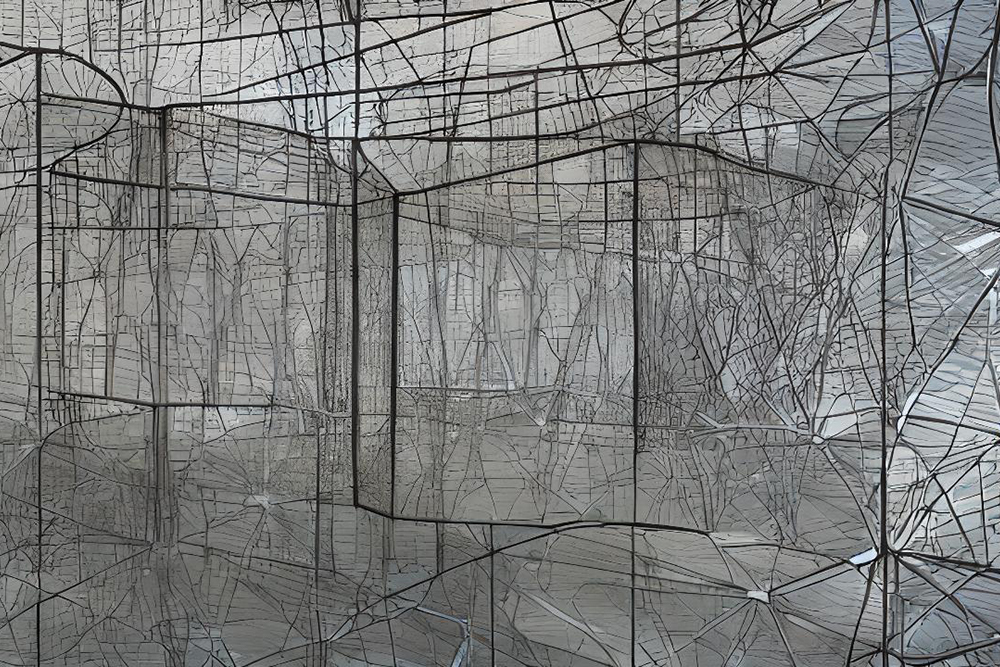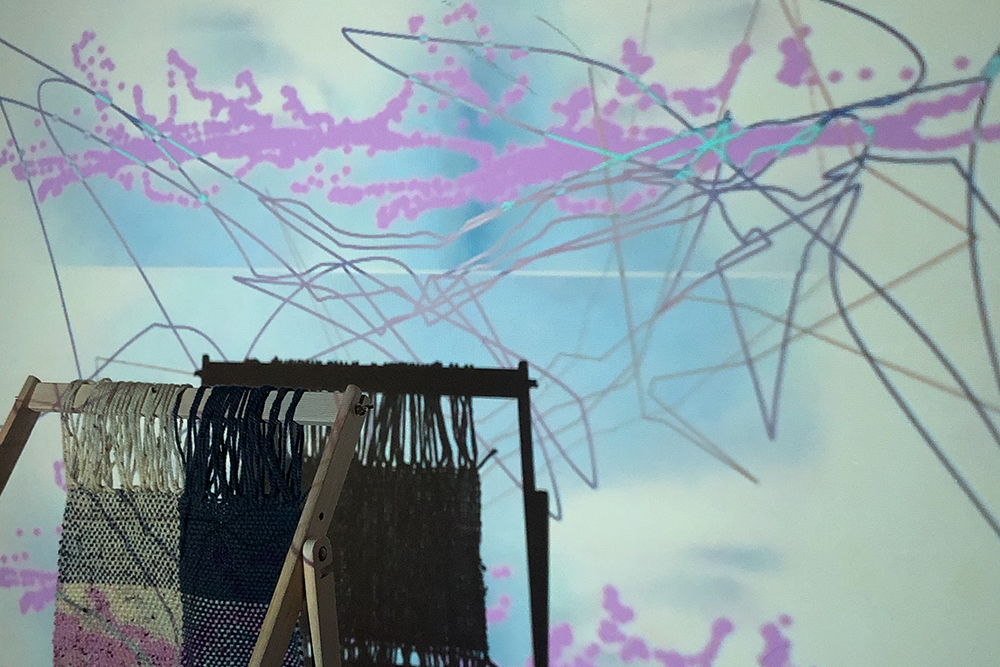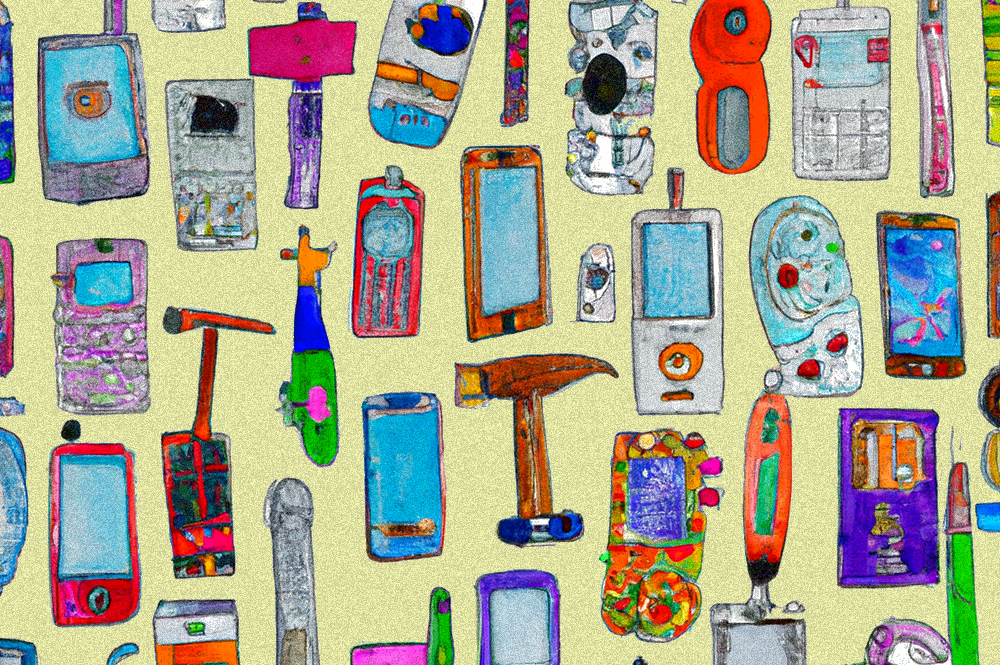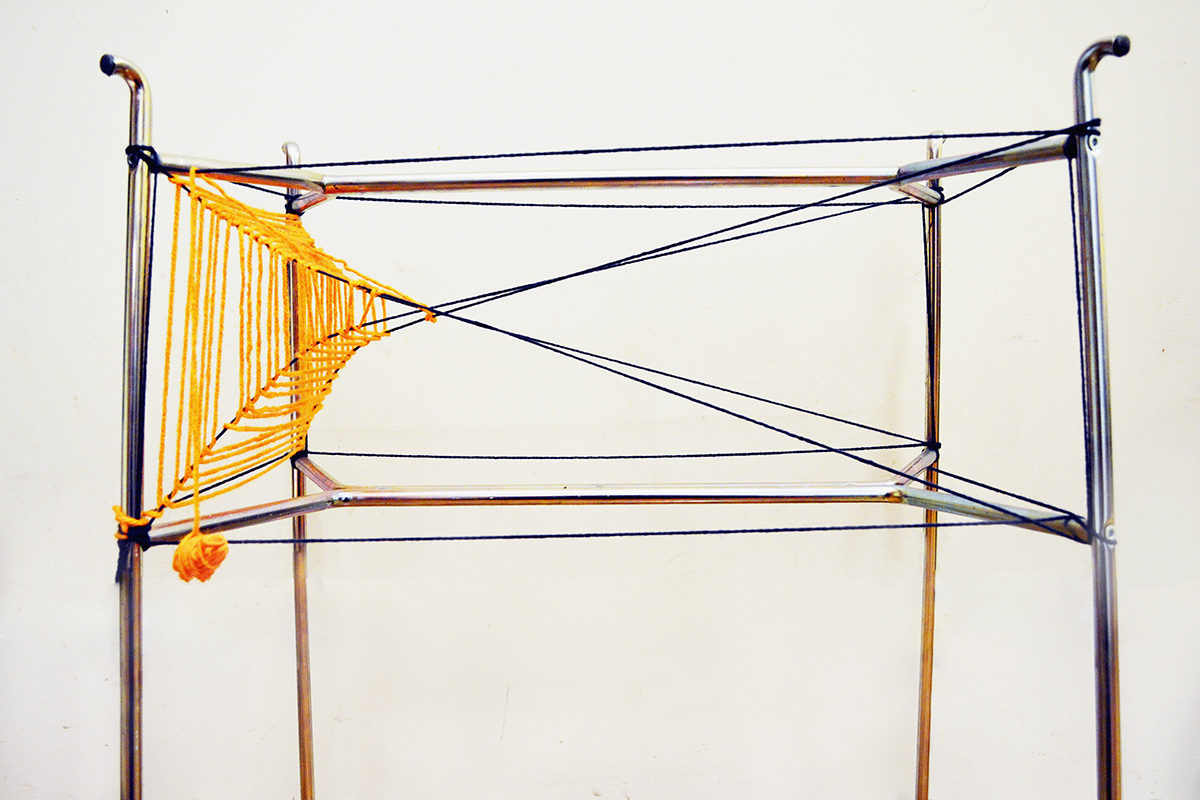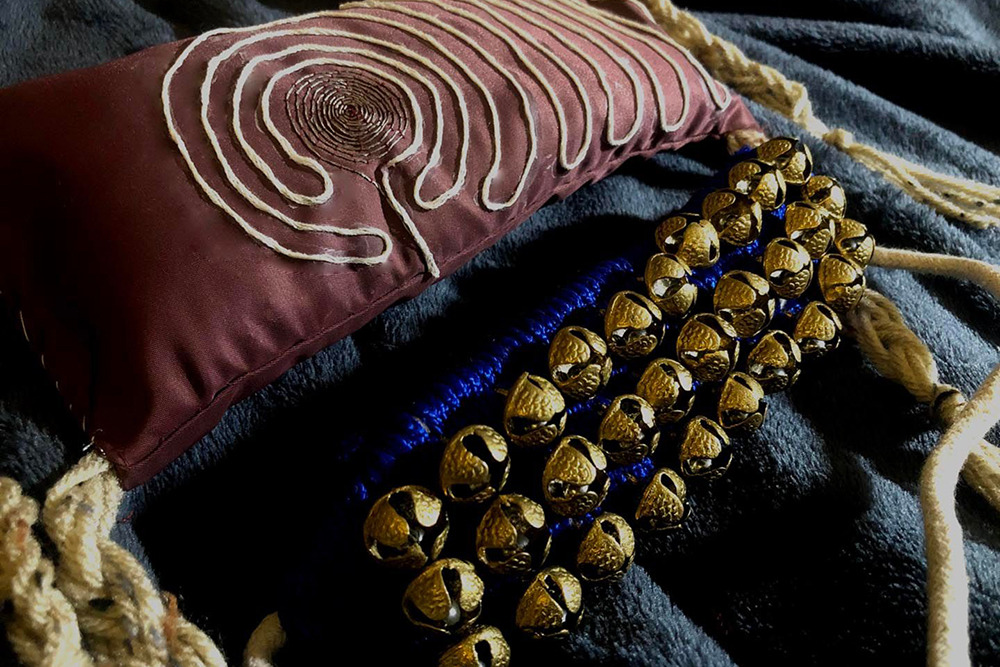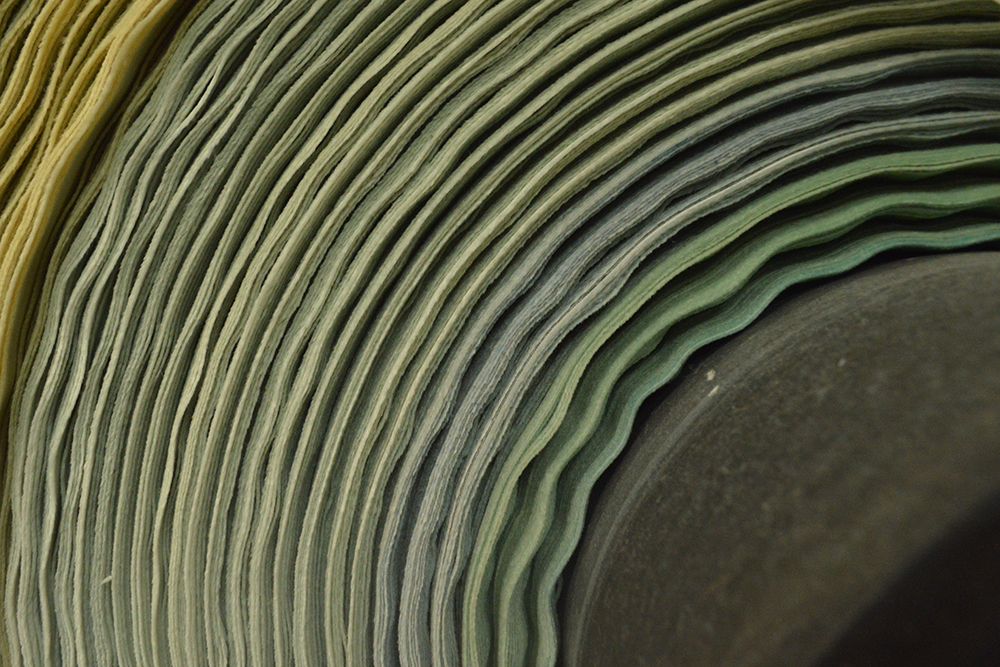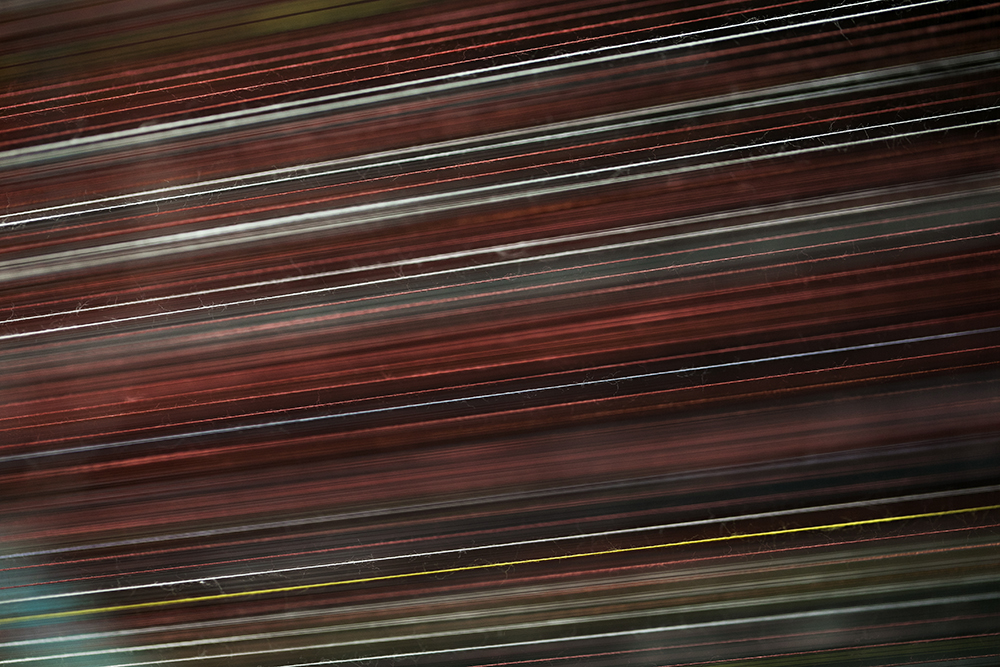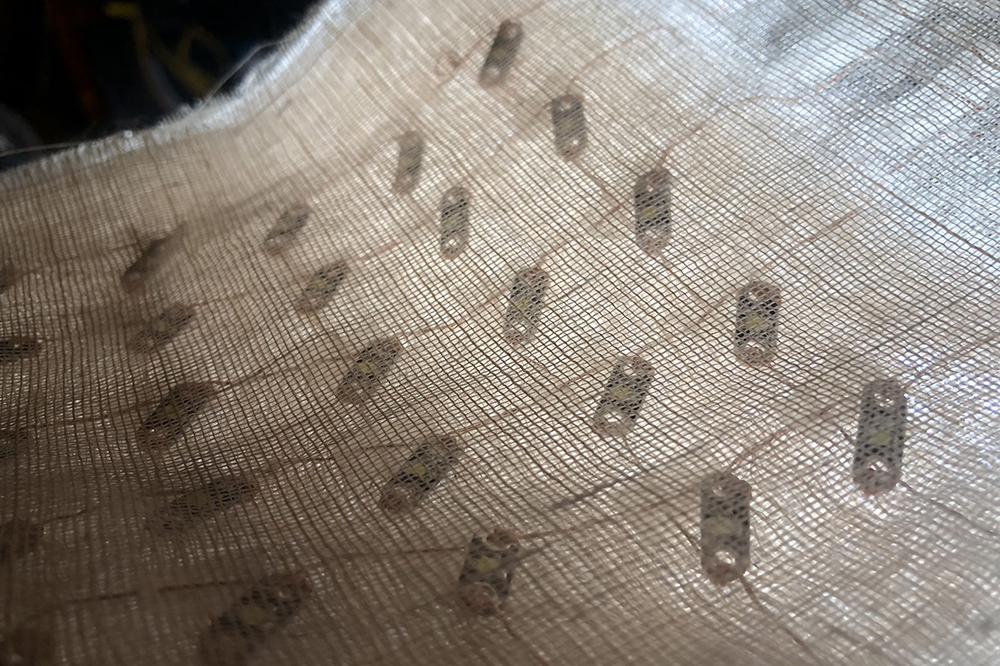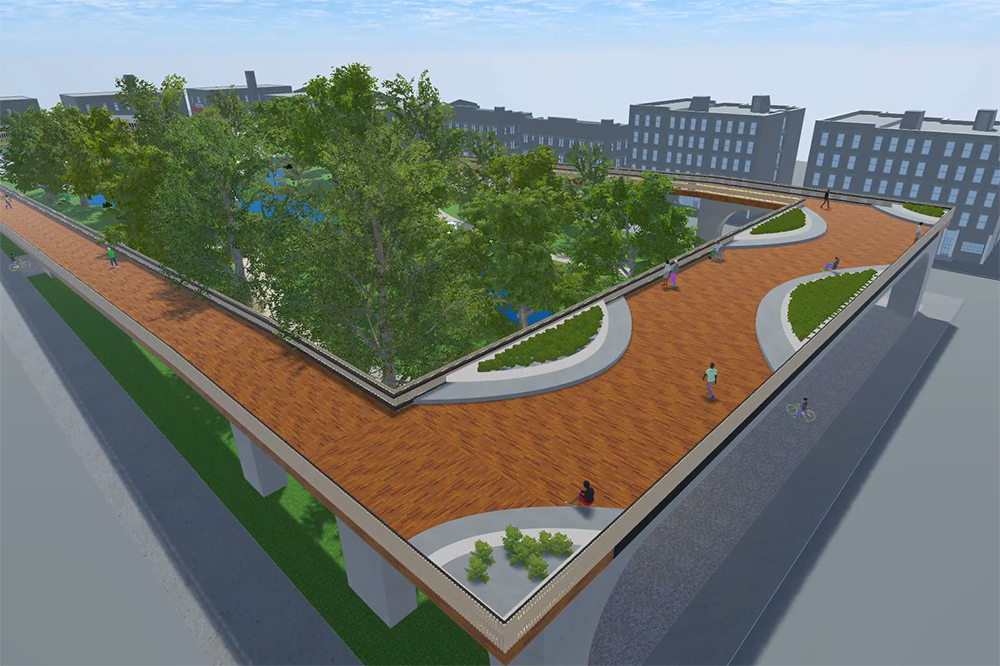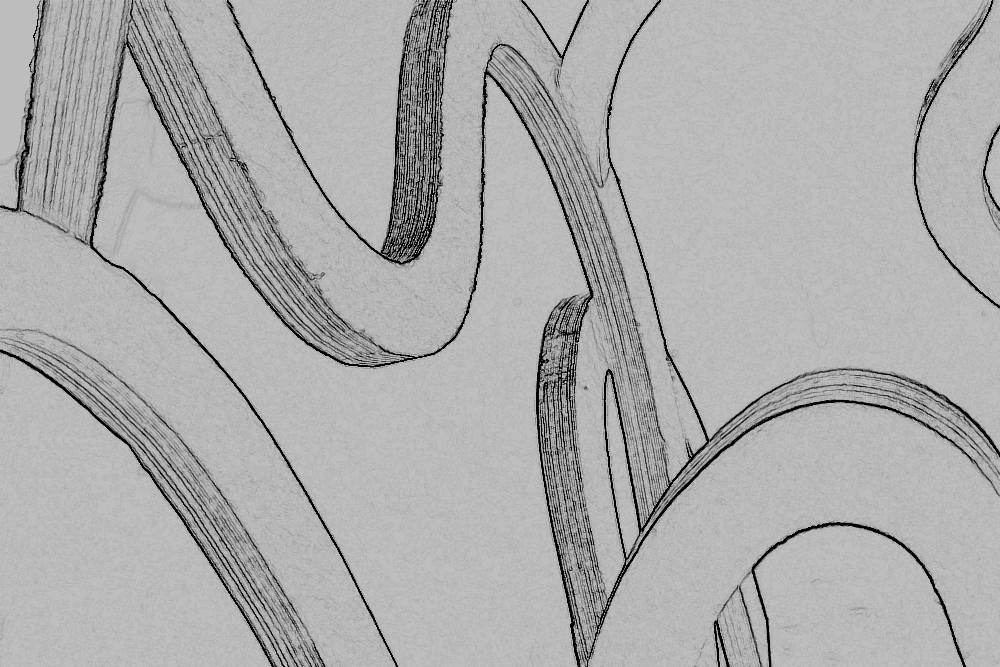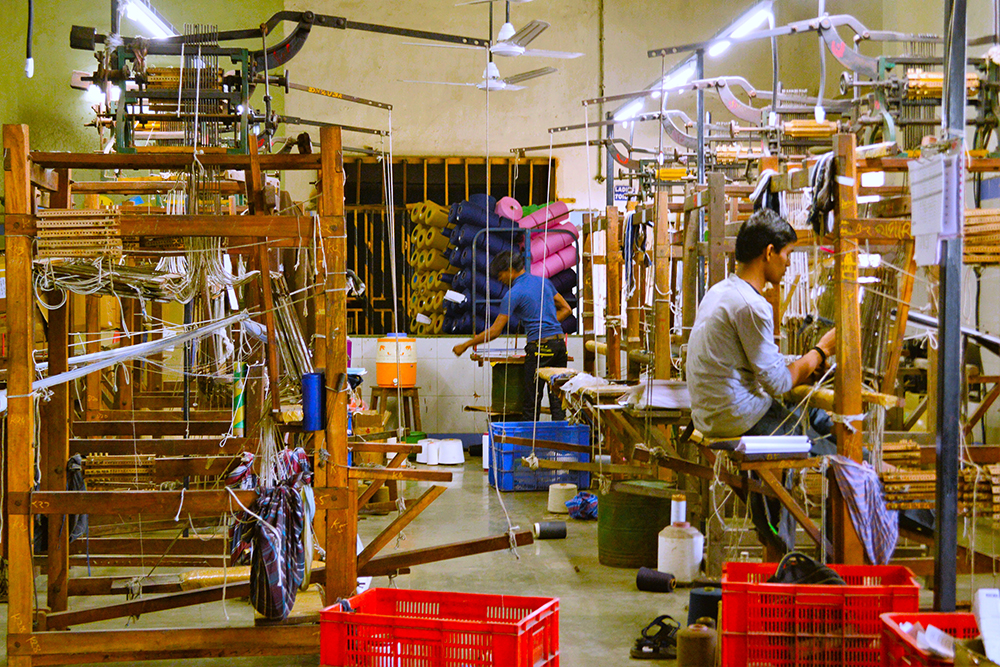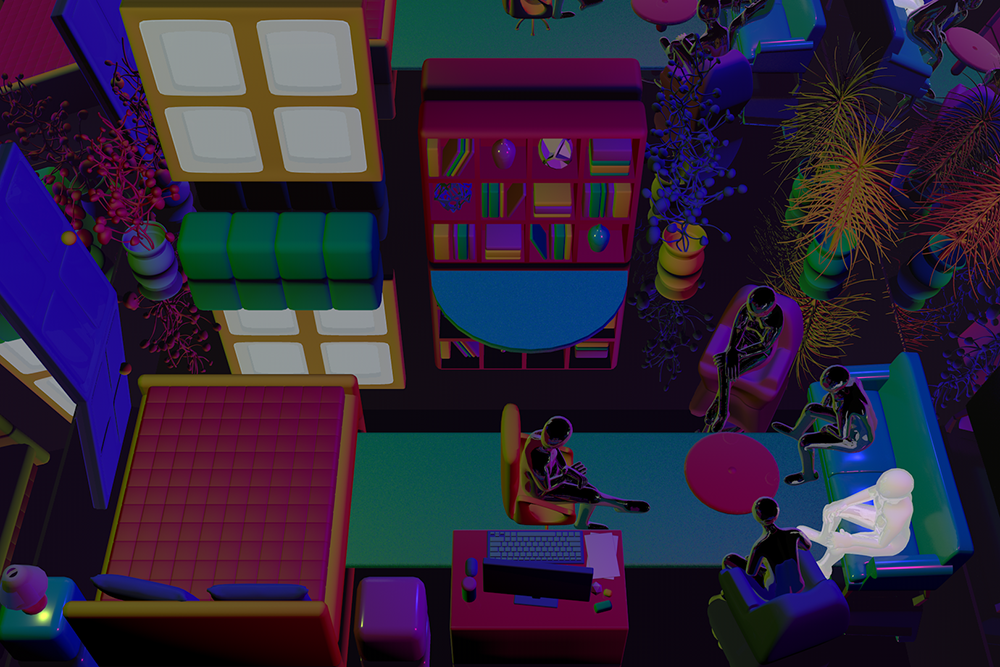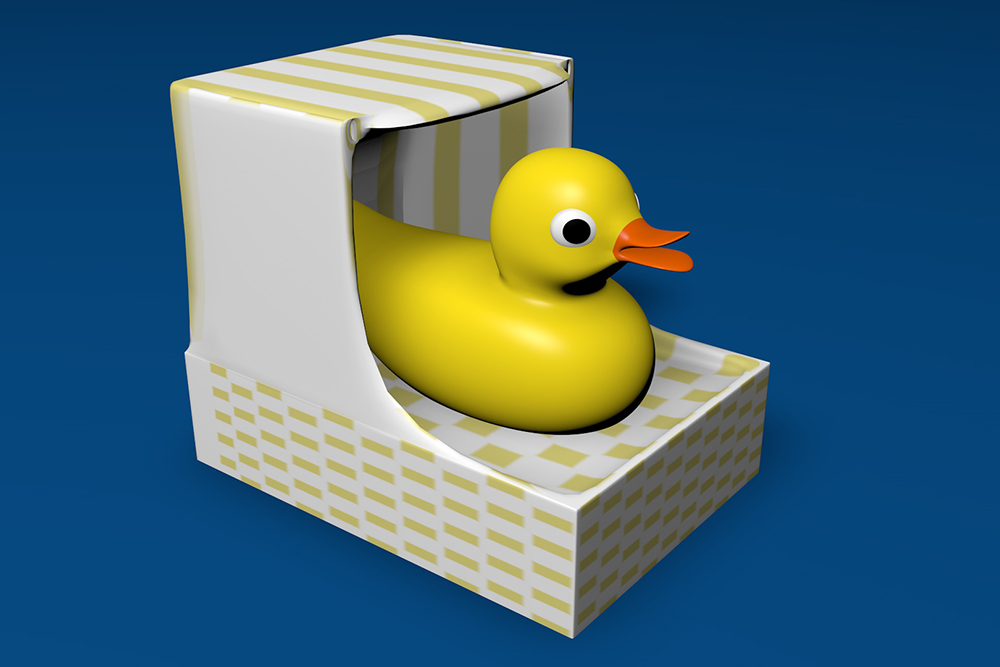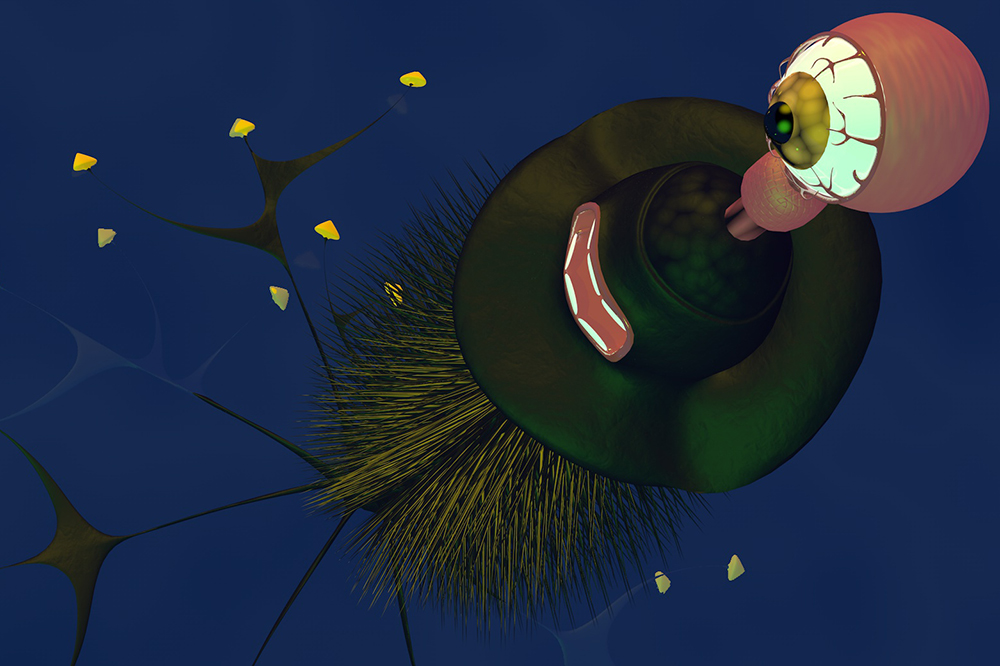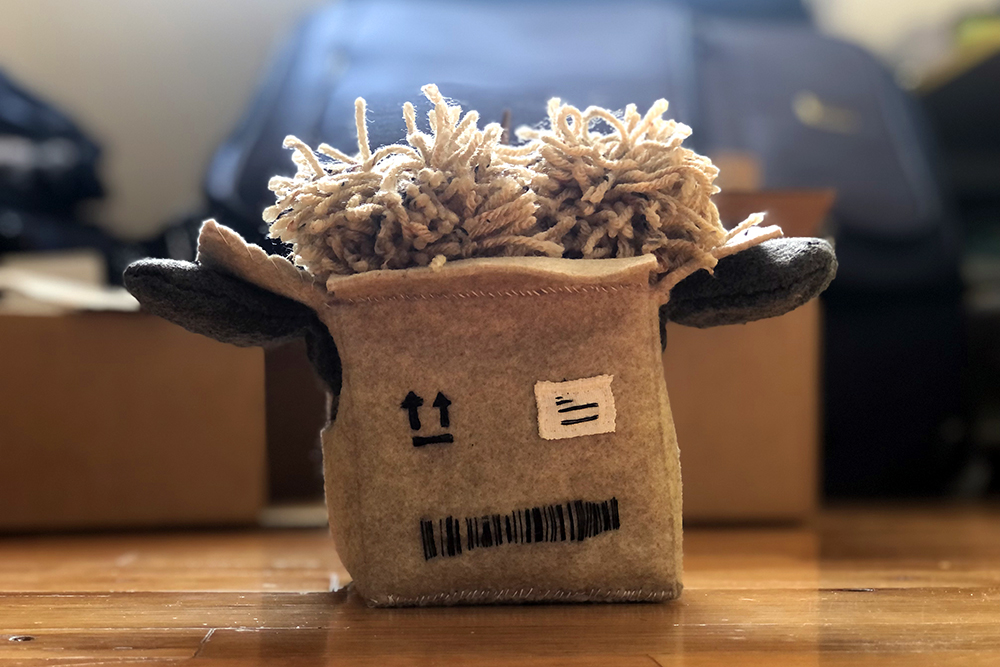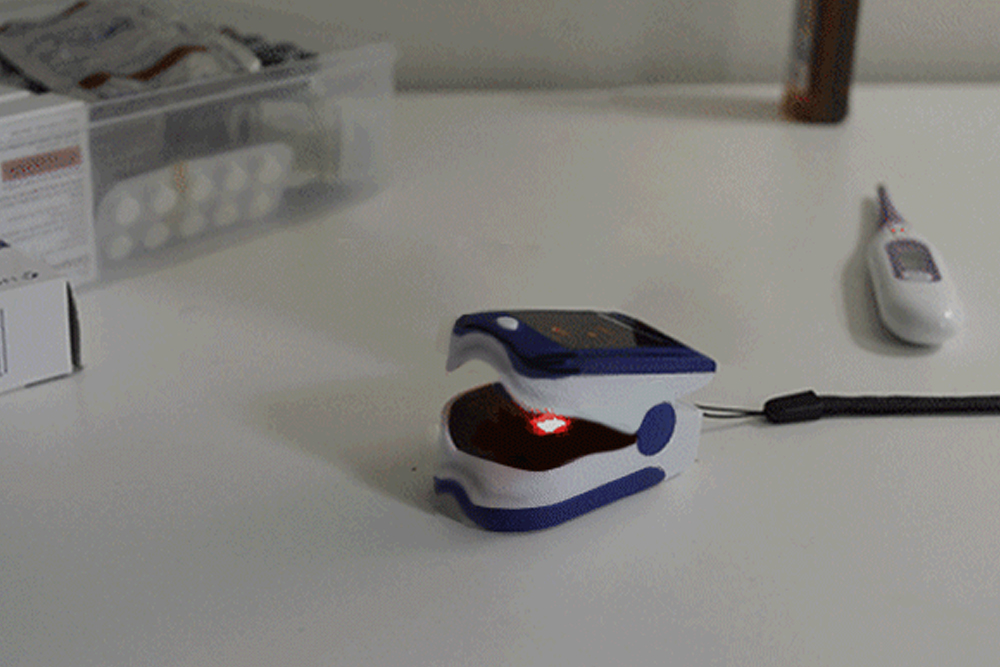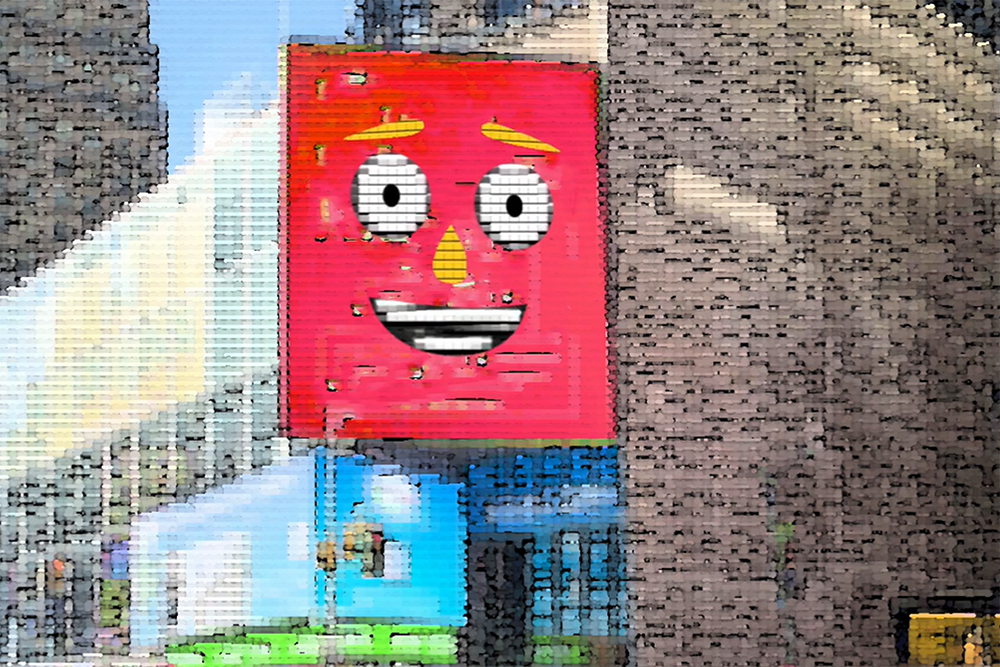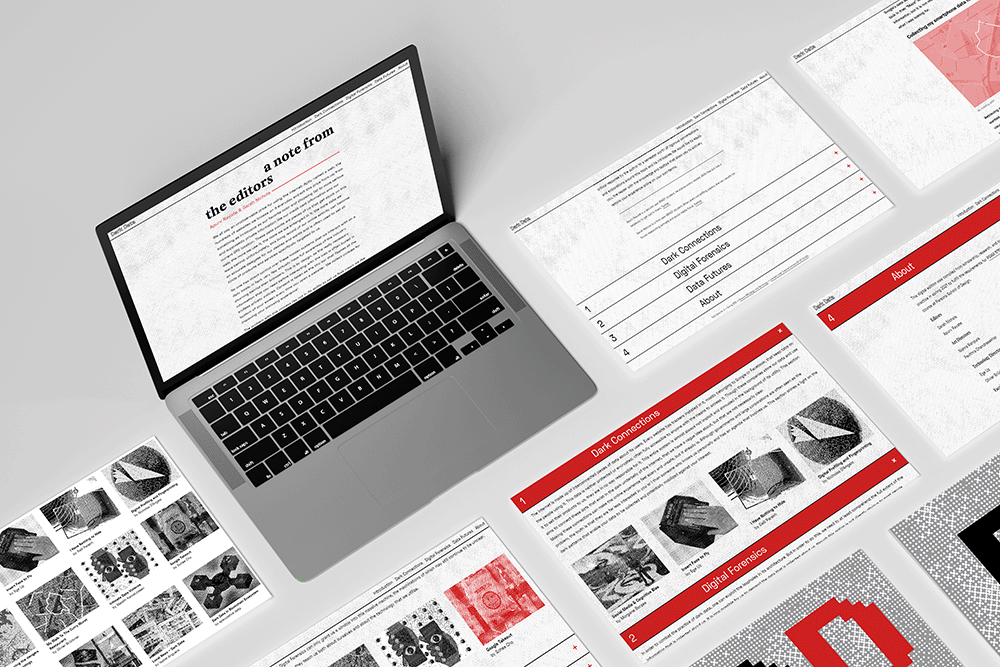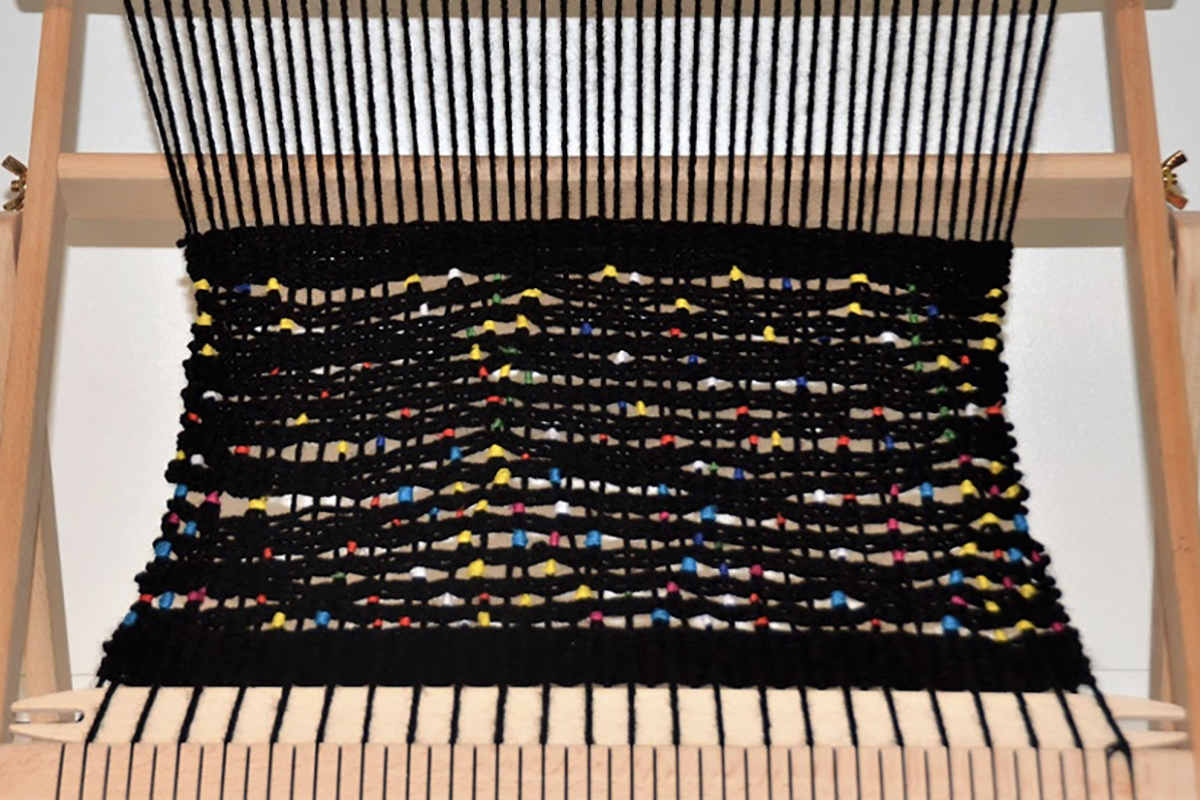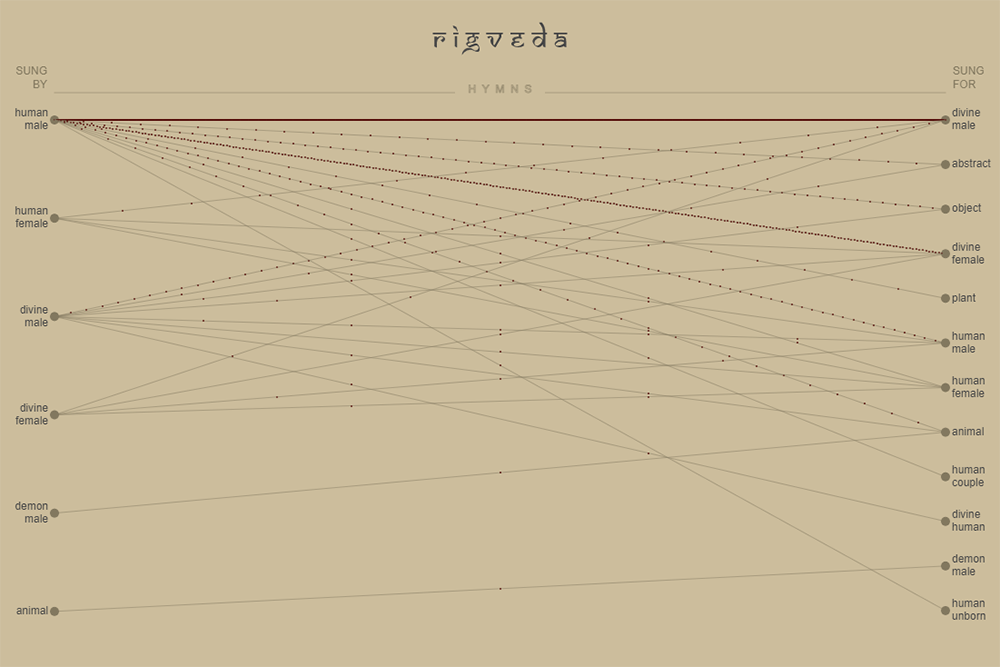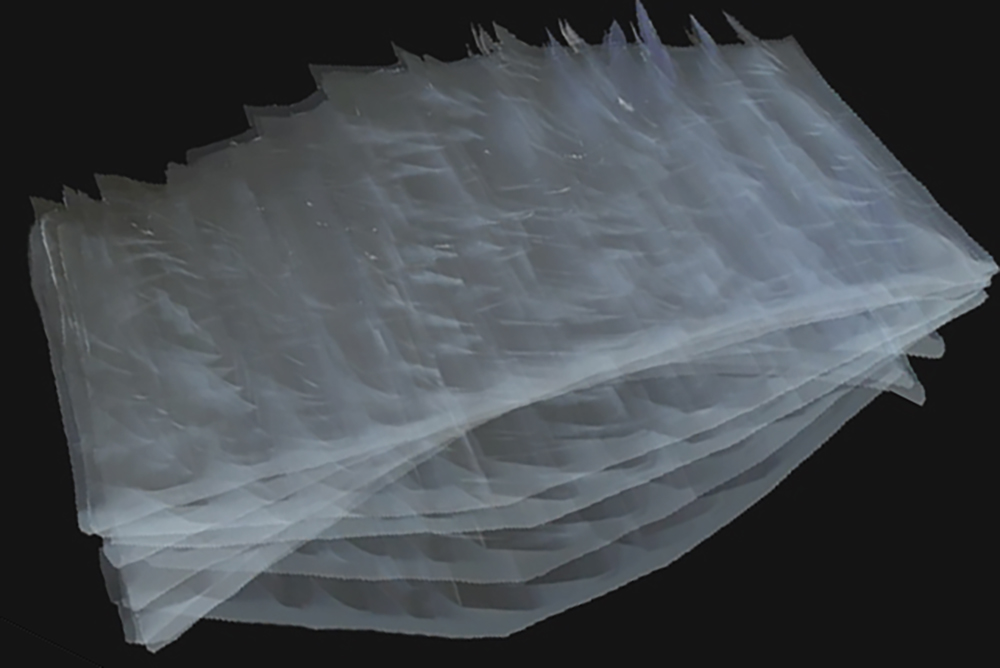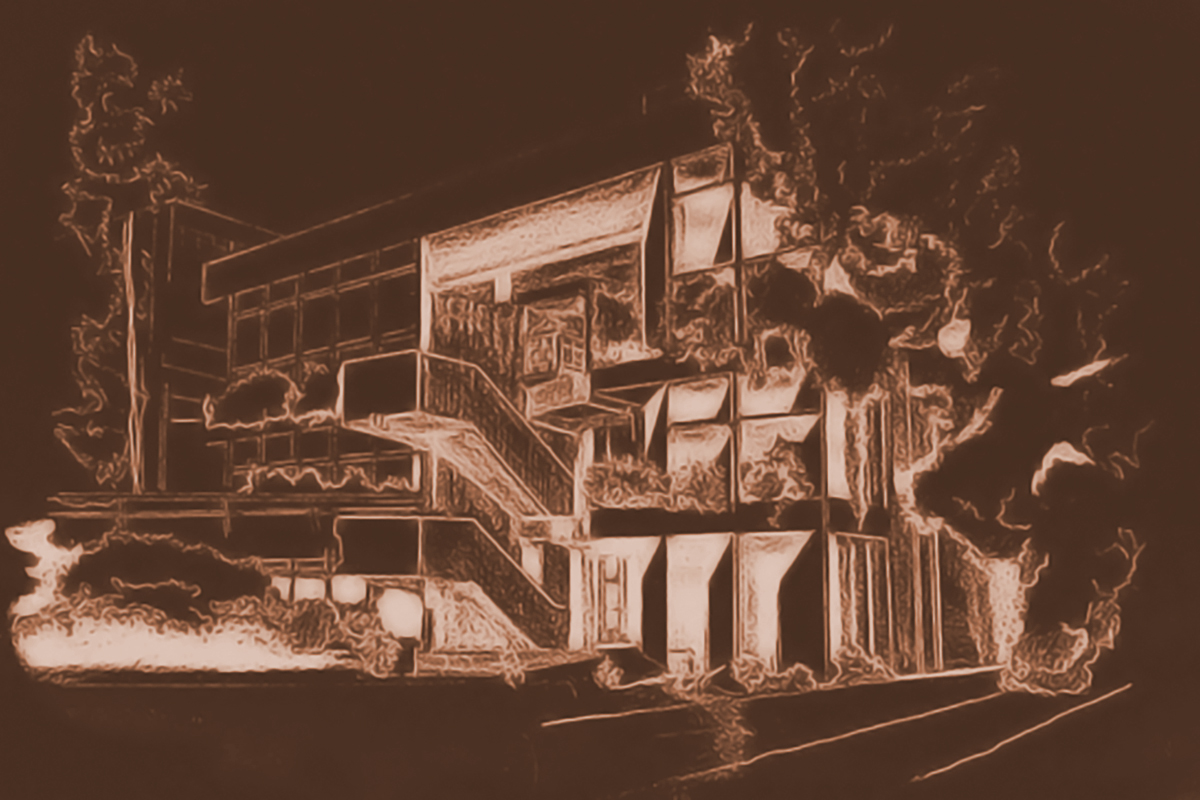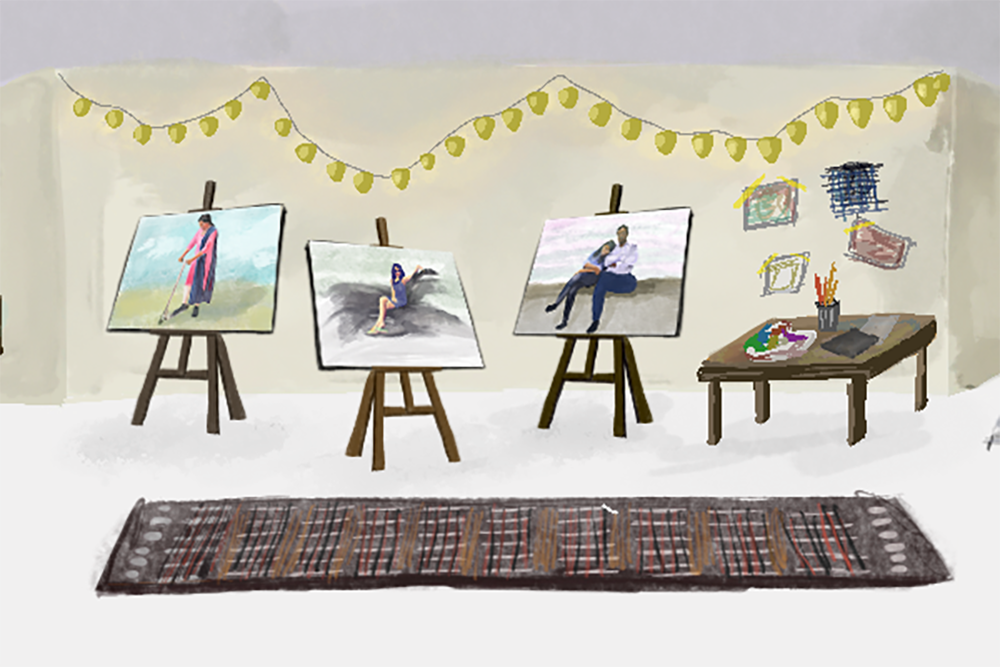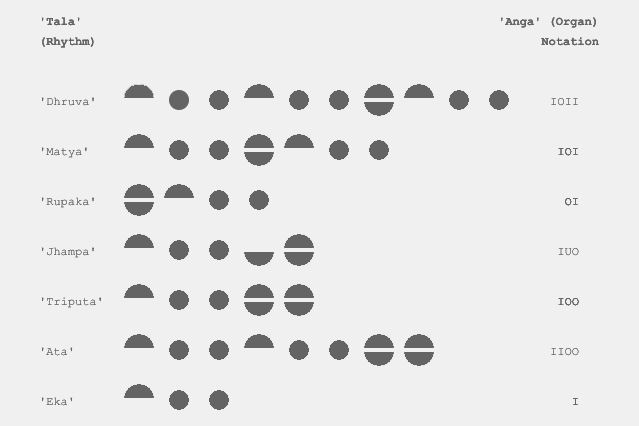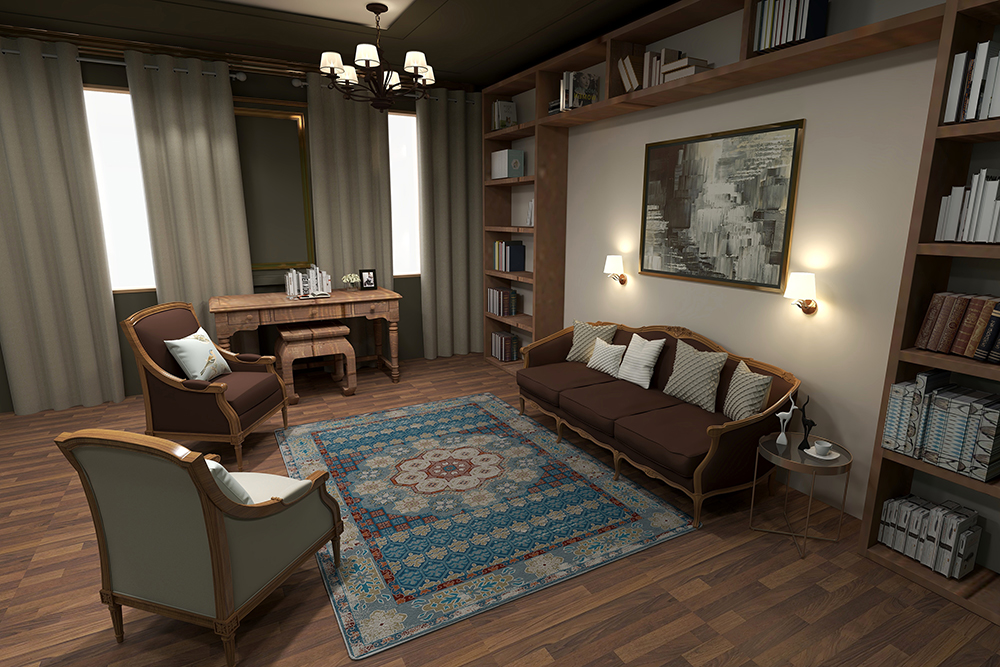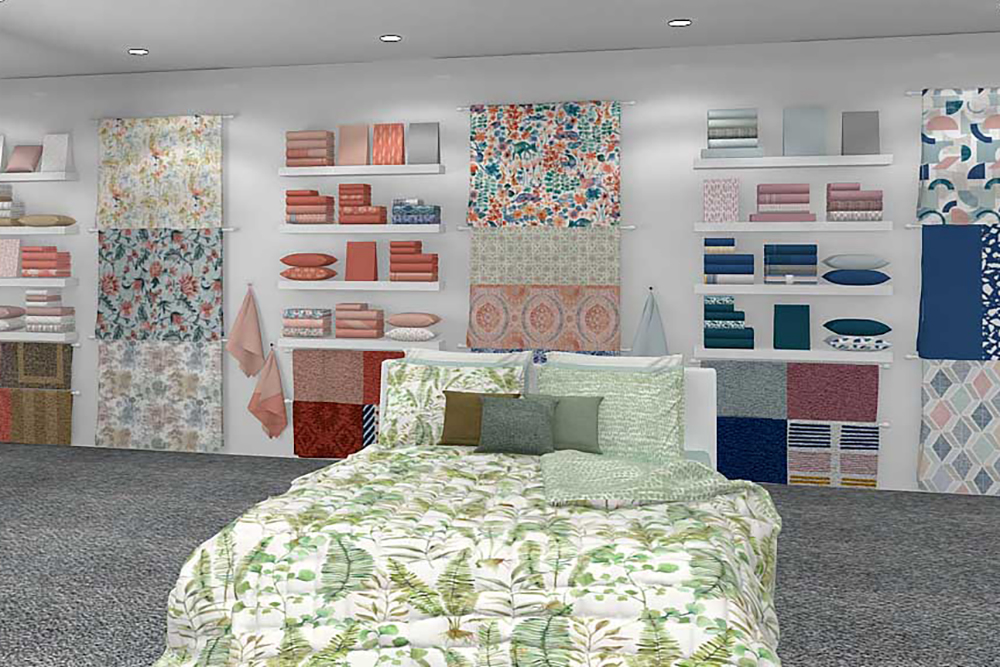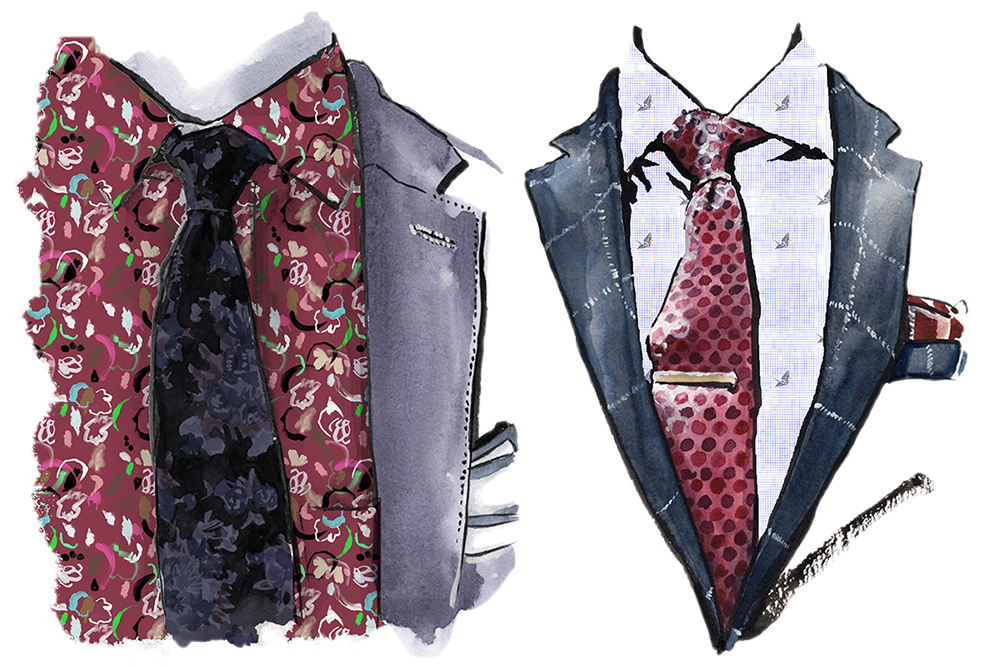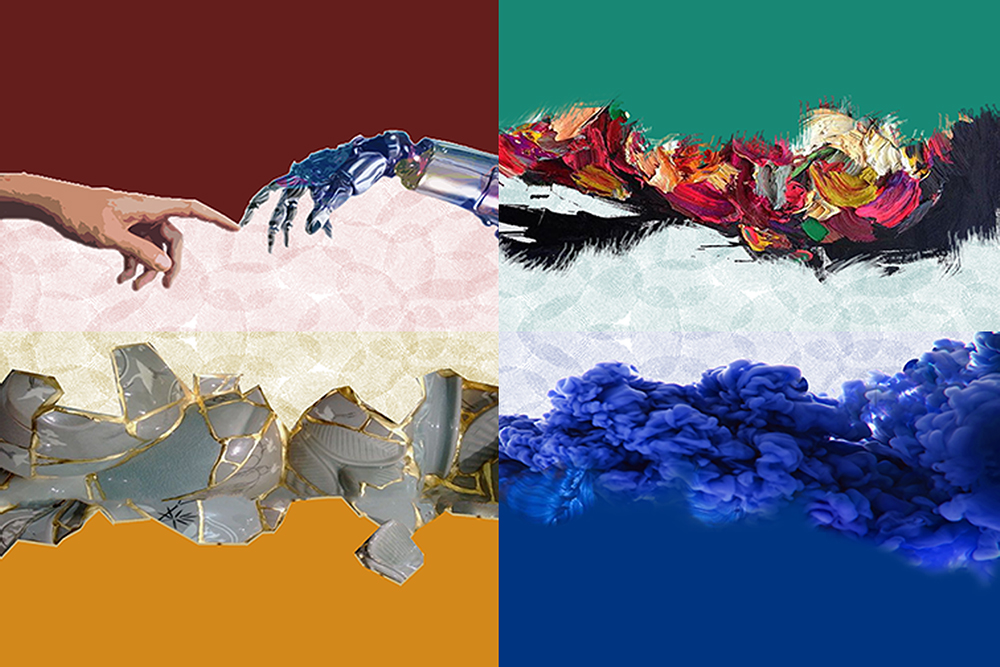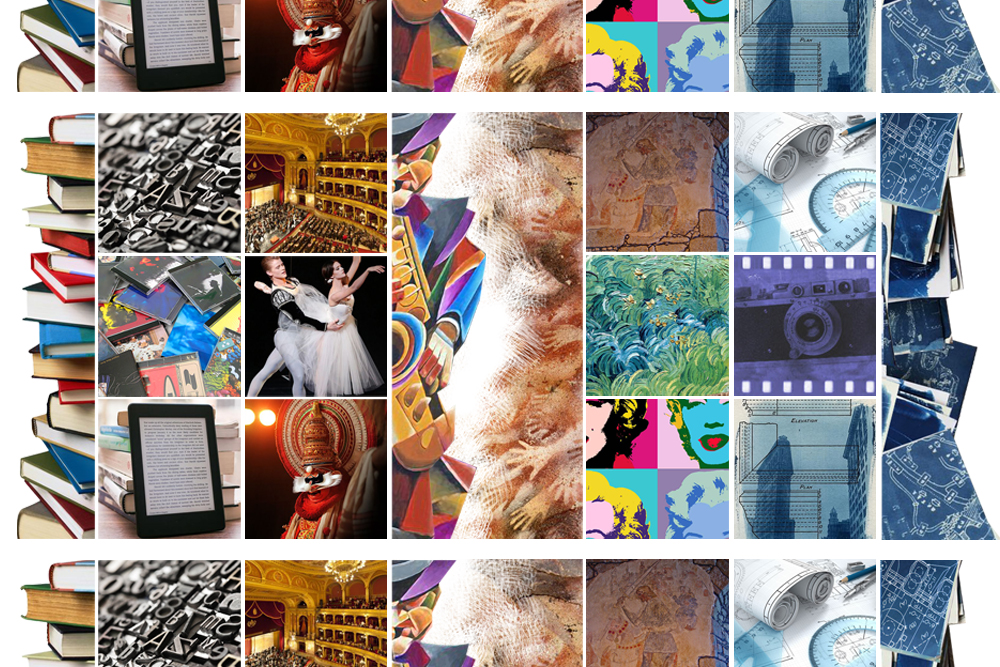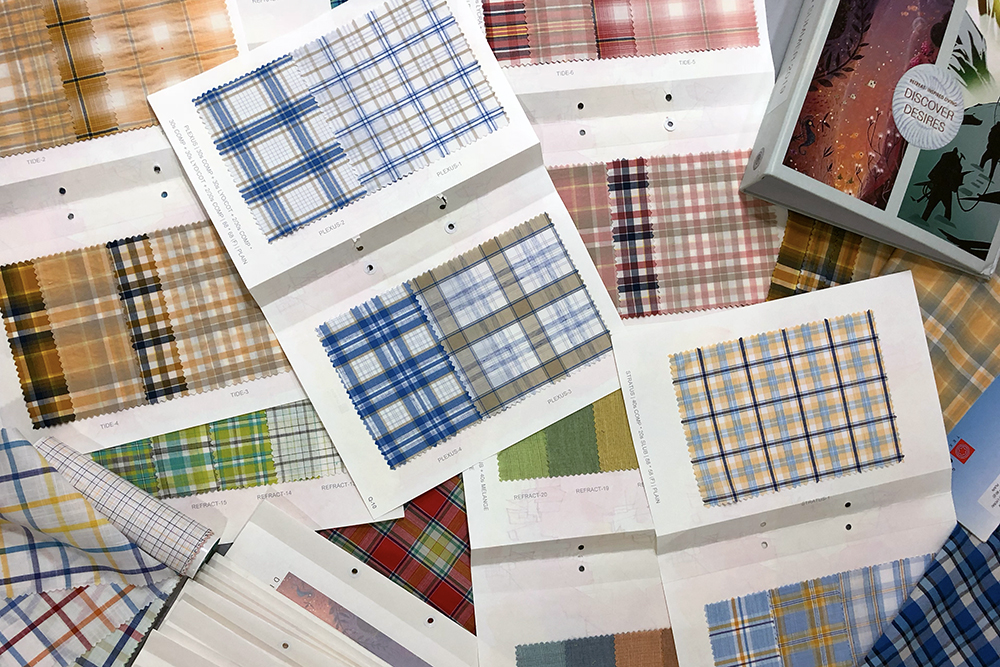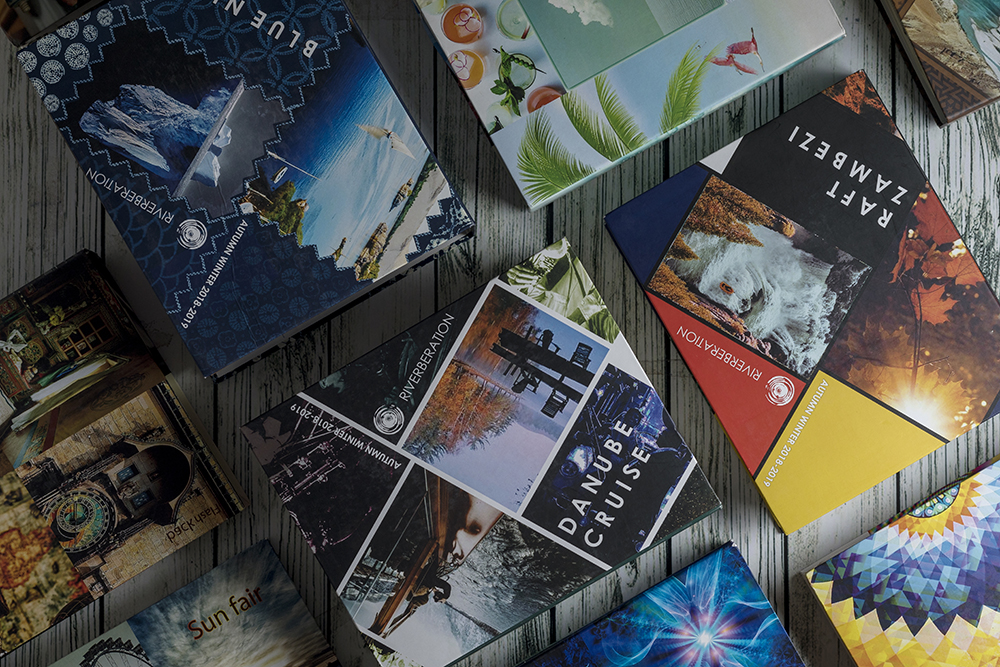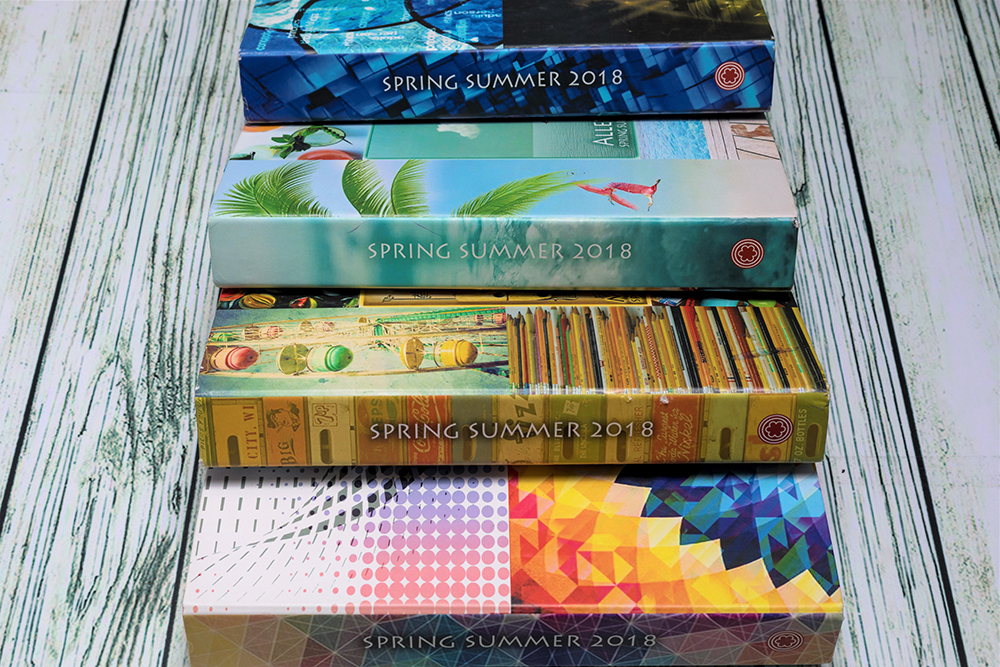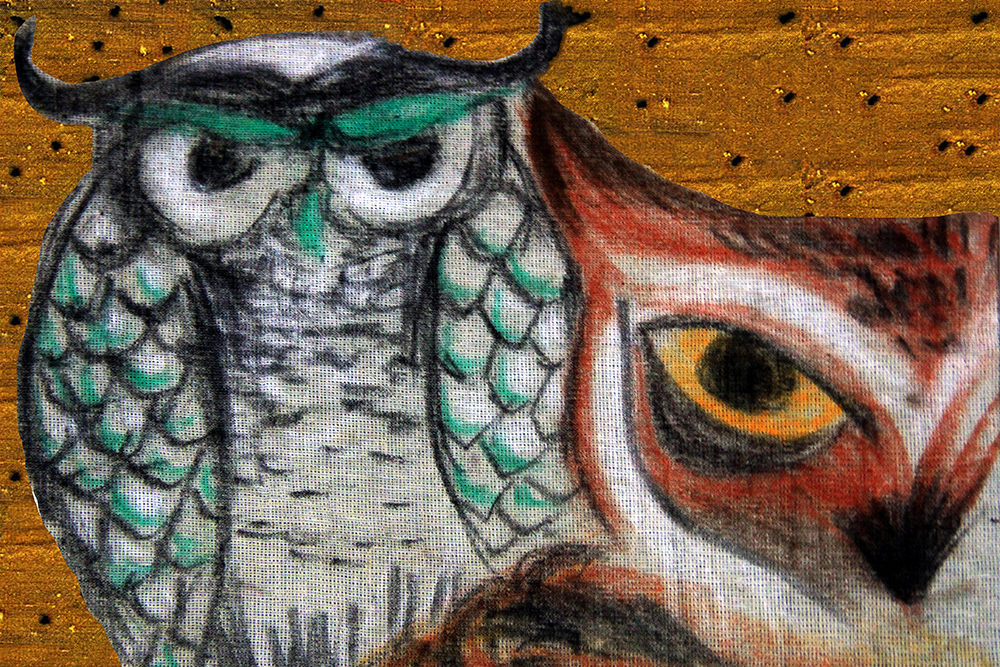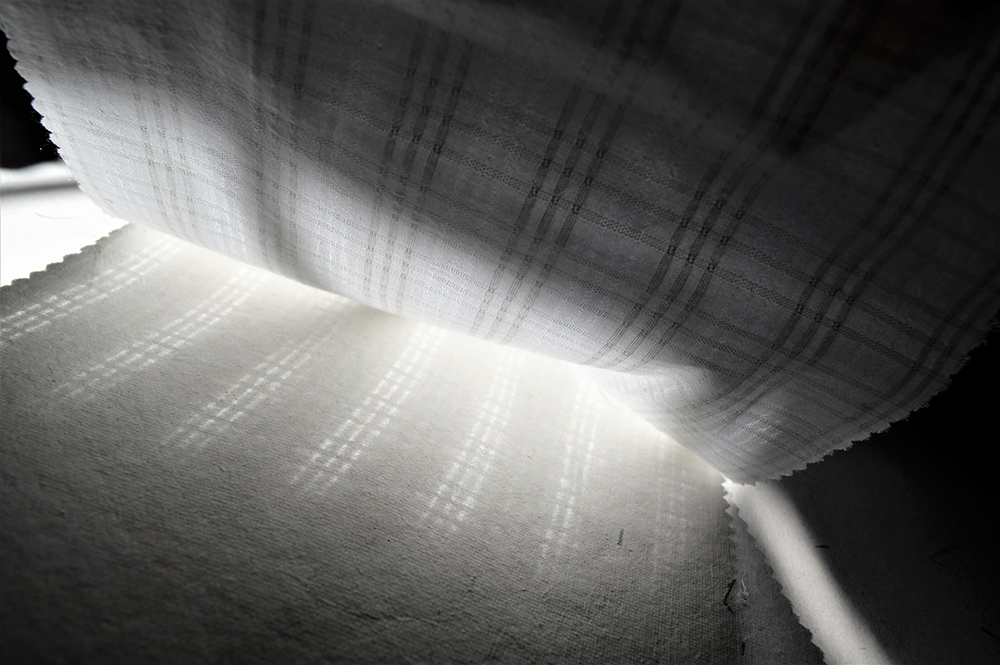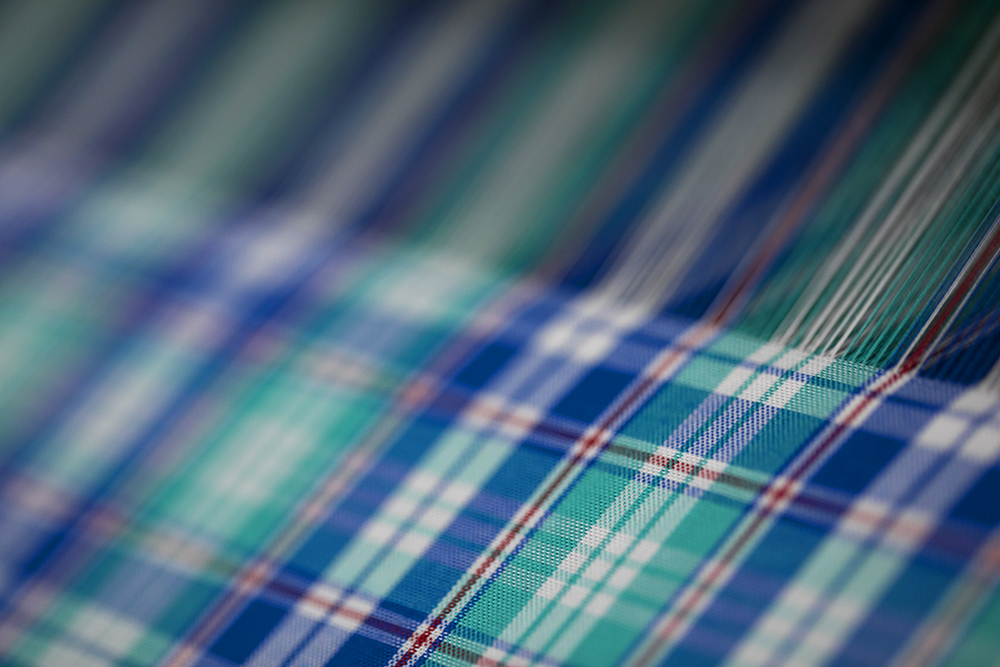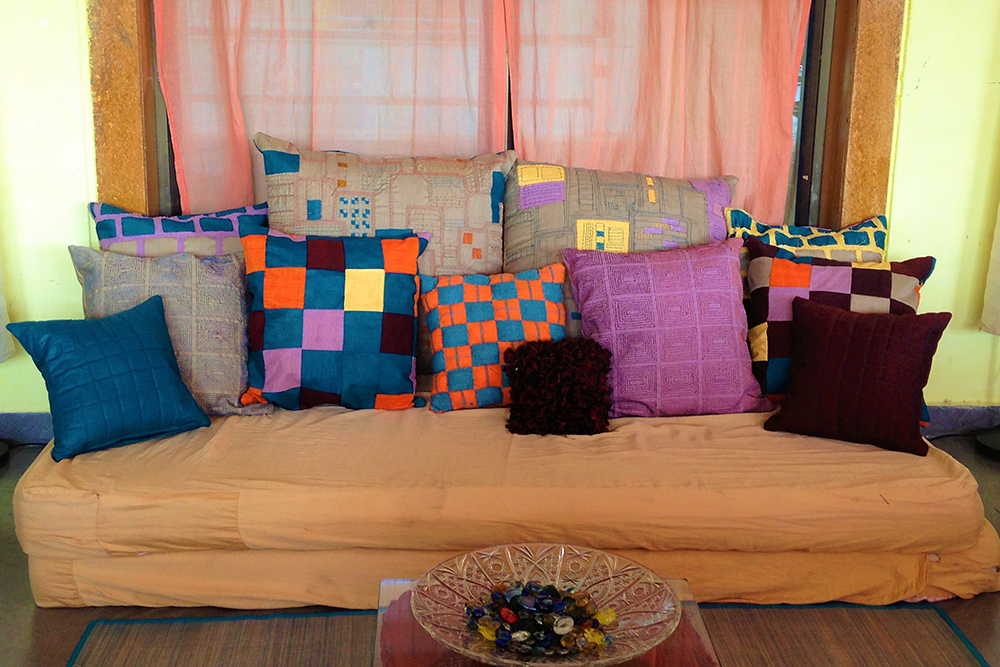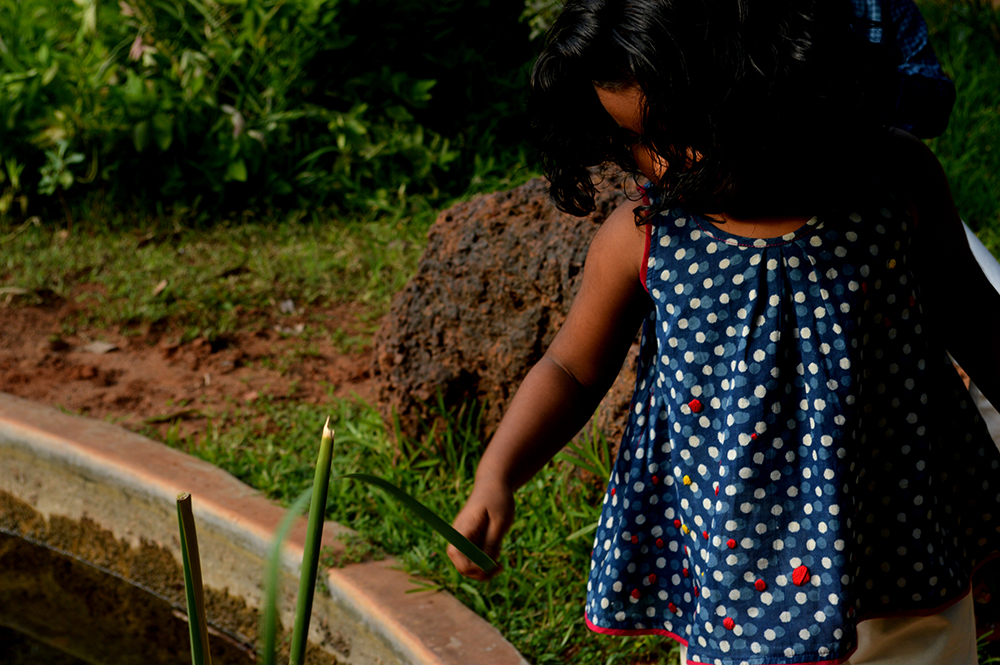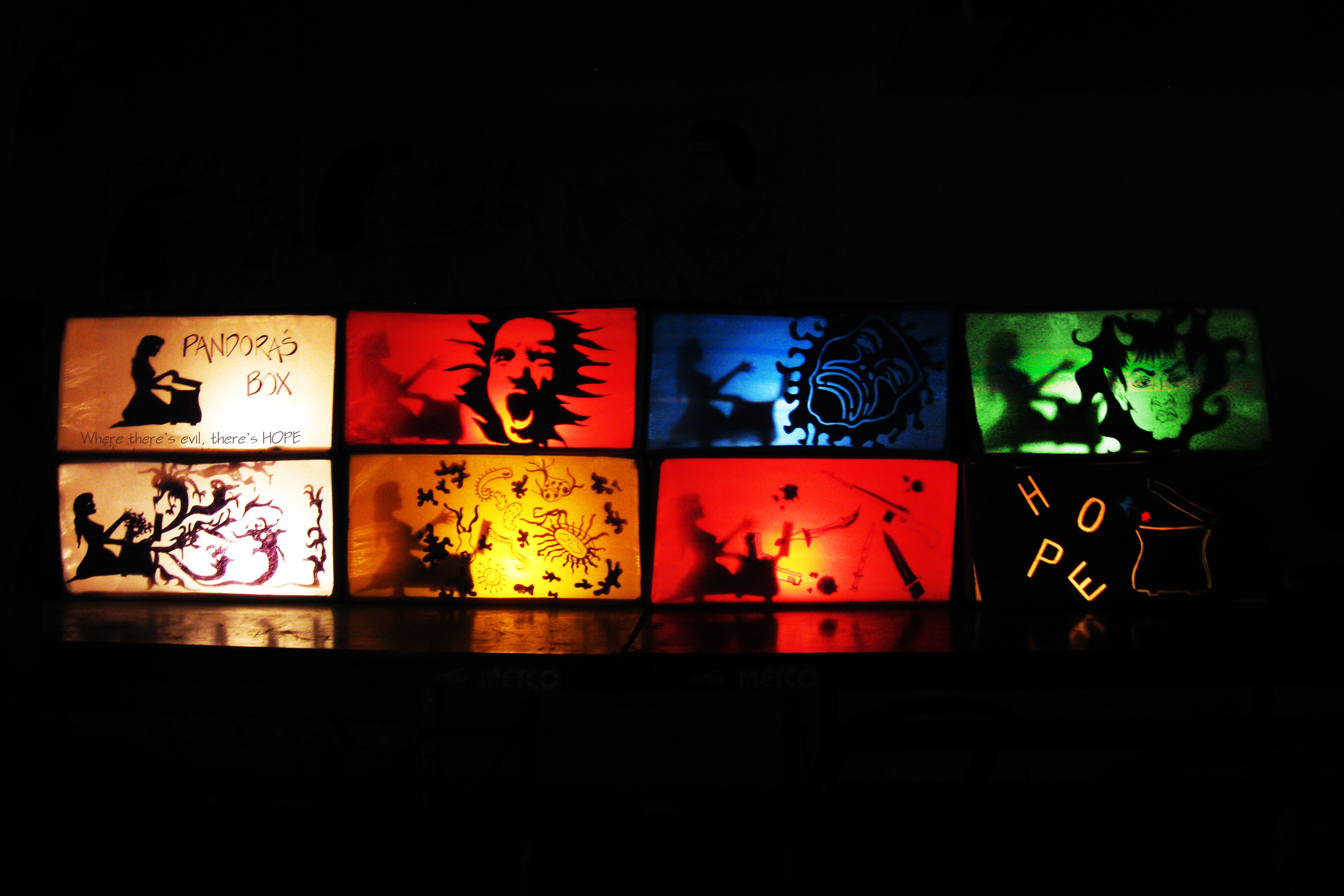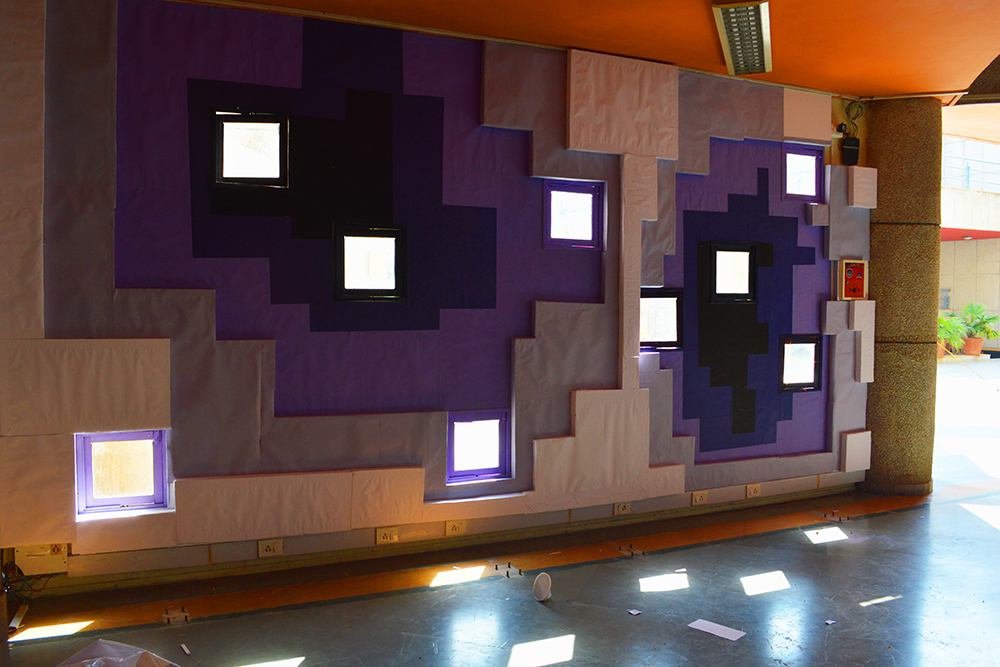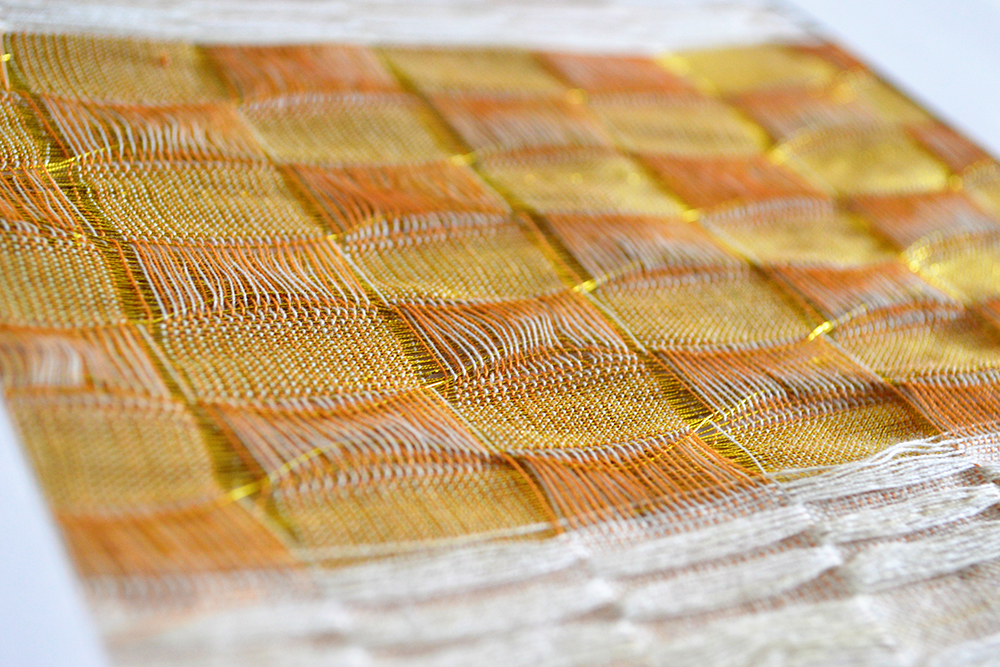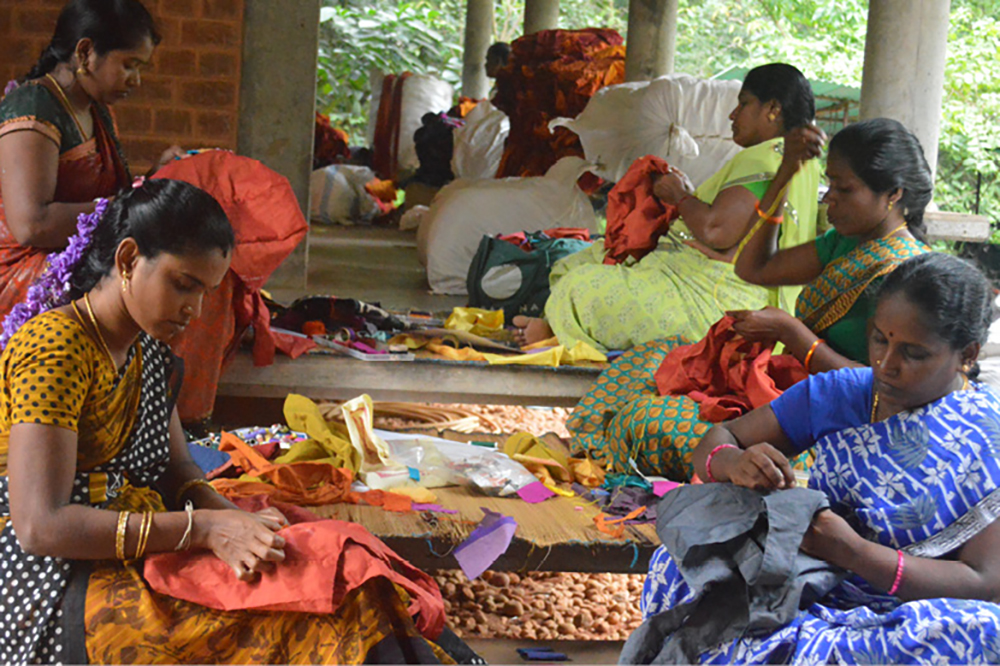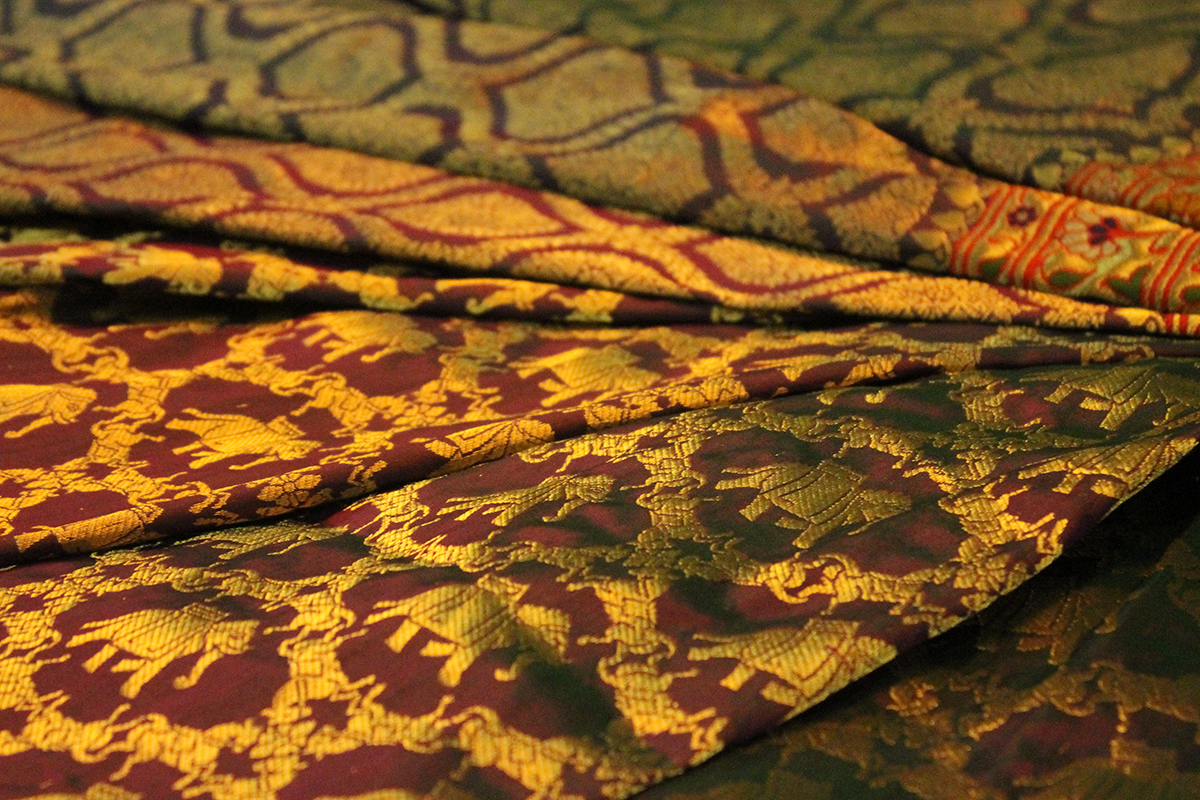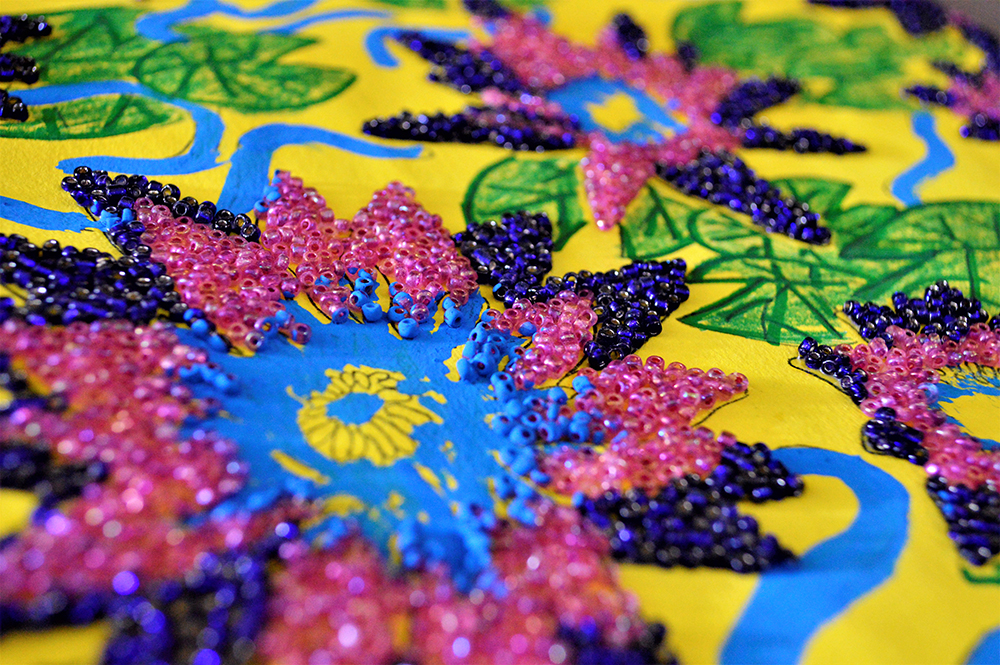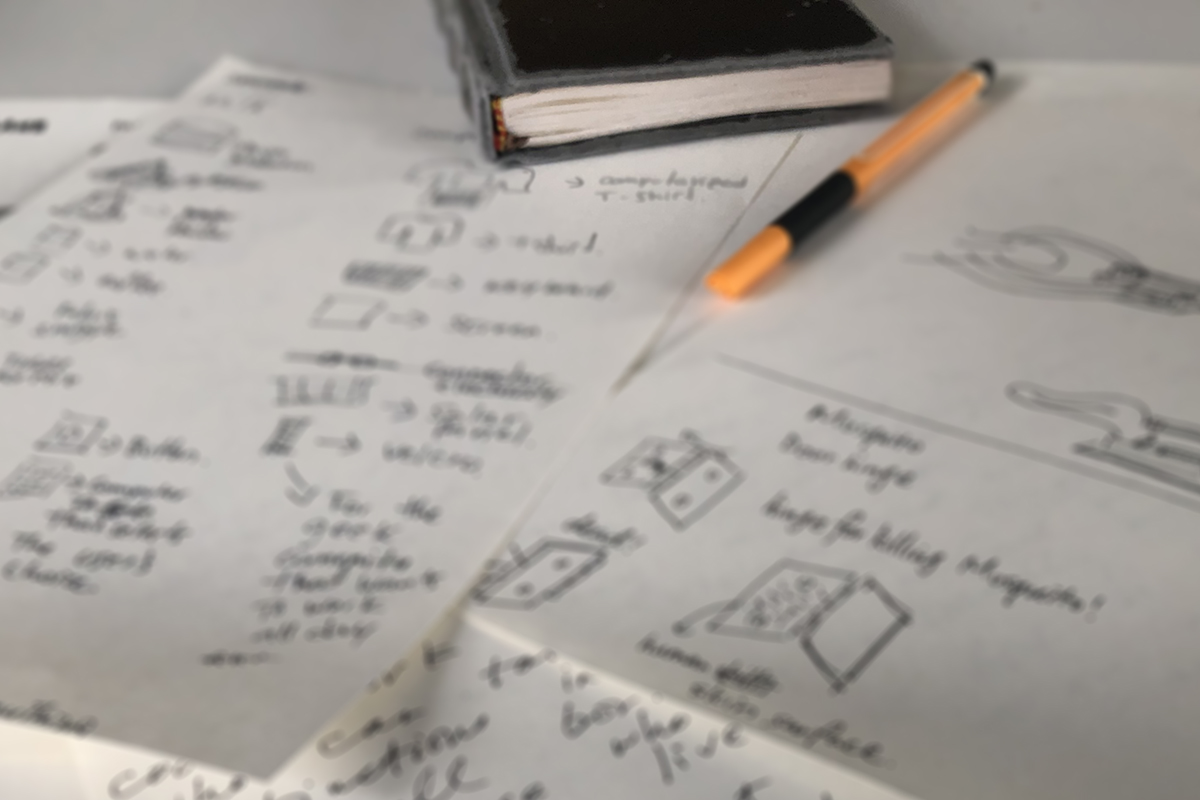SELECTED
FABRICATION
STRATEGY
WEB-DESIGN
ANIMATION
SHOWCASE
GRAPHICS
DATA-VIZ
TEACHING
WRITING
ALL
Tex-taal
2022
Dancing speakers and whispering ghungroos, an e-textile dialogue
Role: Designer
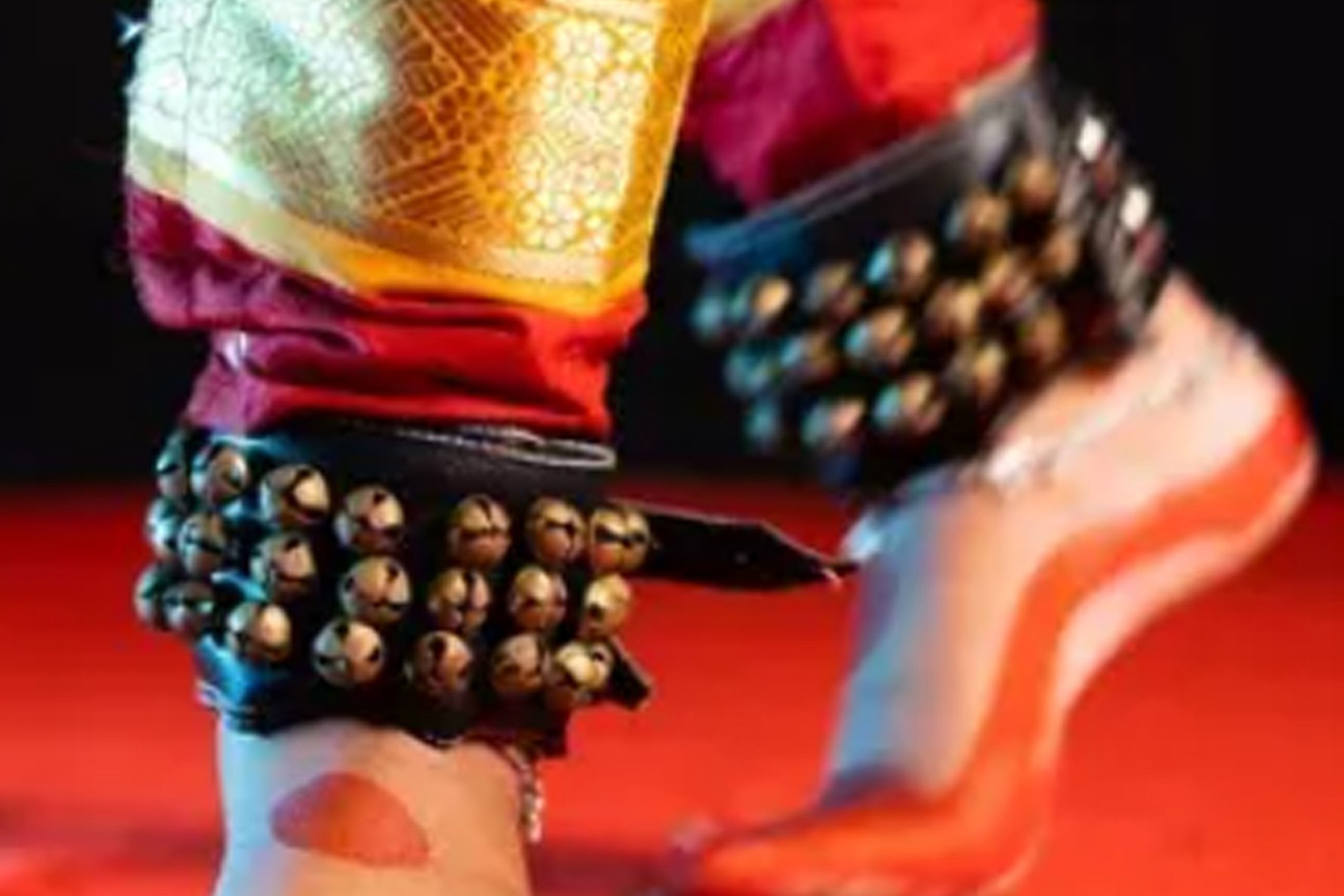
In numerous Indian cultures, tools, mediums, arenas associated with whether performance, or work, are considered auspicious and are often worshipped. Musical instruments are cared for with reverence, new machine or equipment in a house is often blessed before using, vehicles used for commute are also blessed in certain parts of India, and similarly with business books as well. Same is the case with
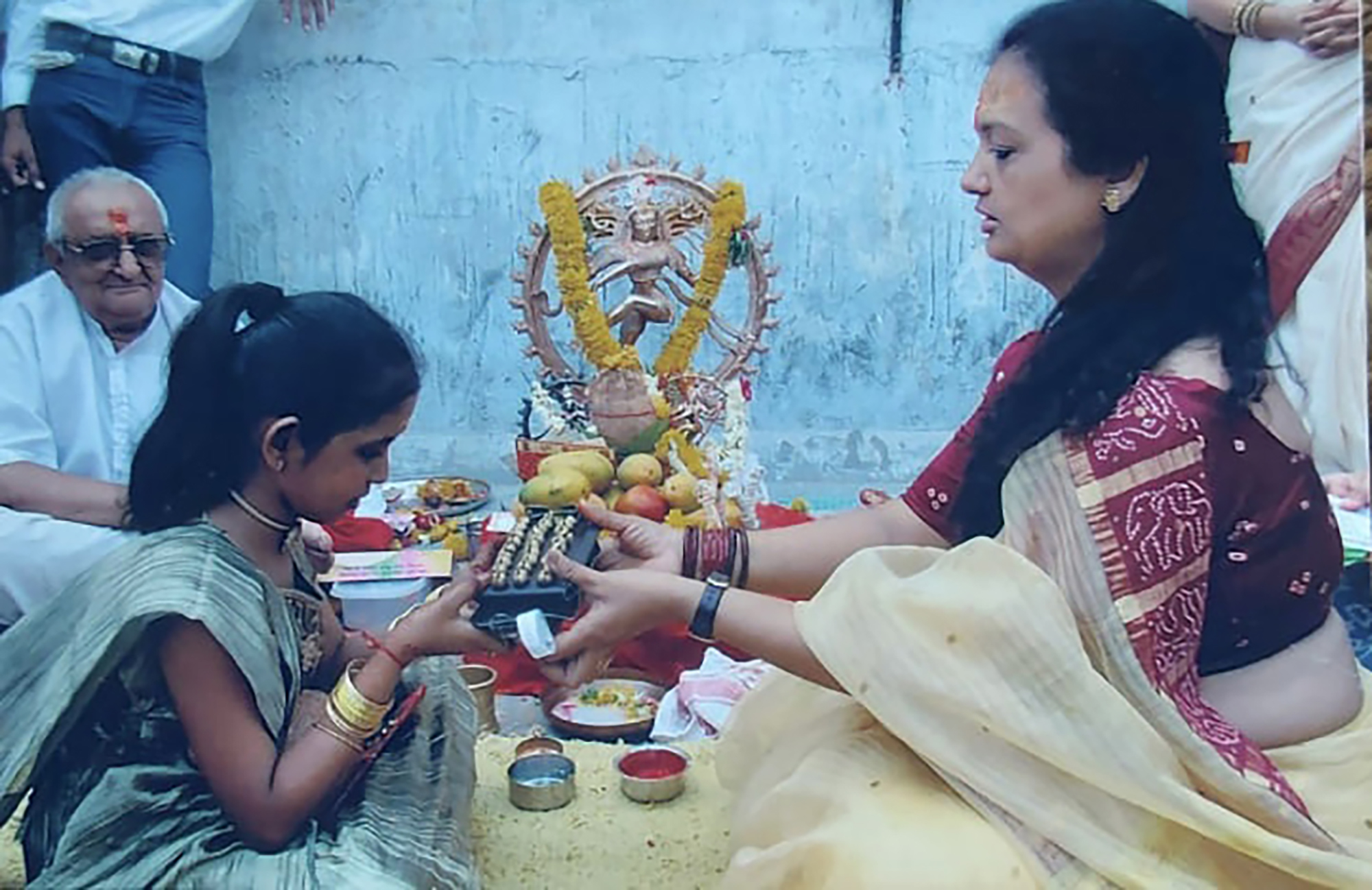
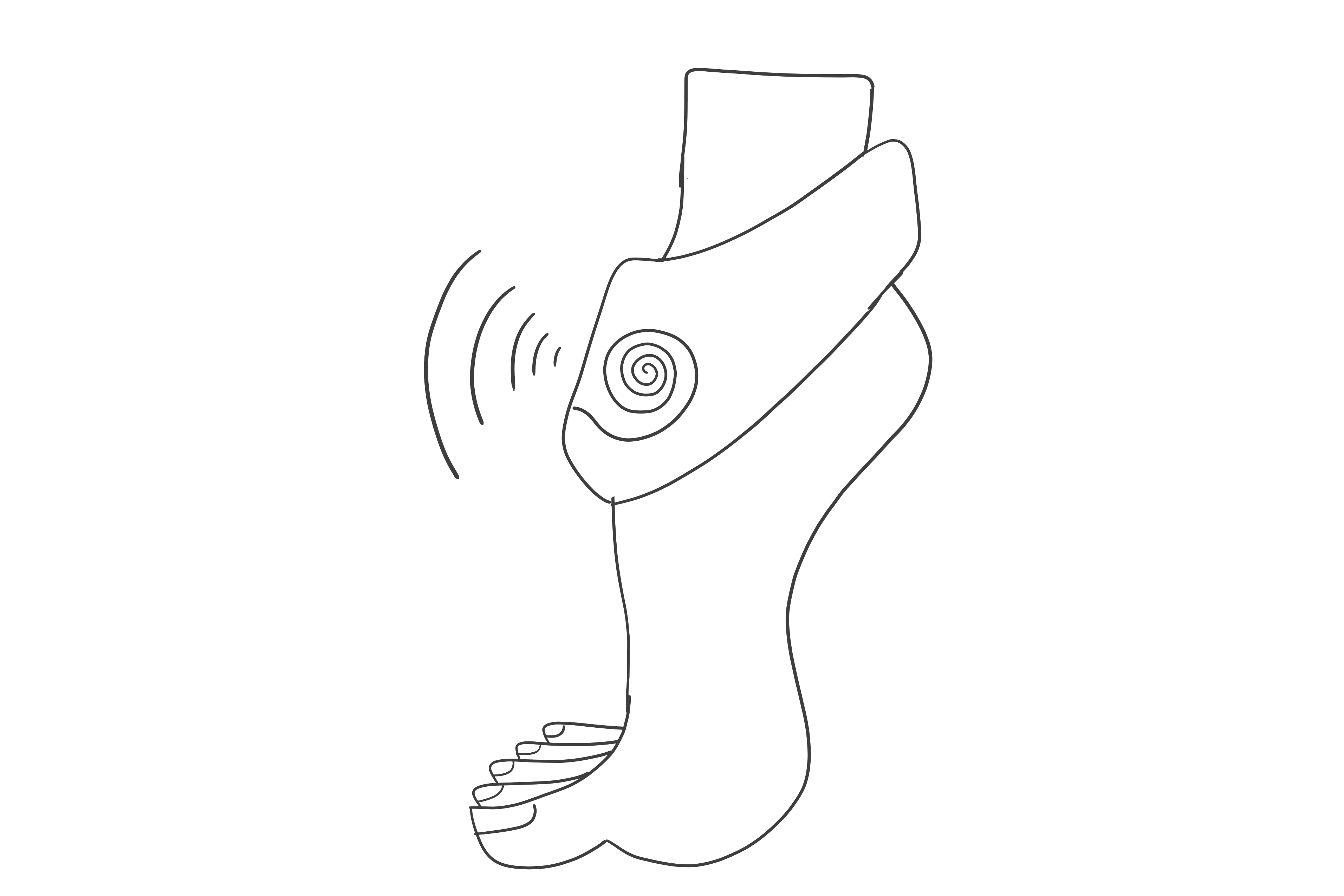
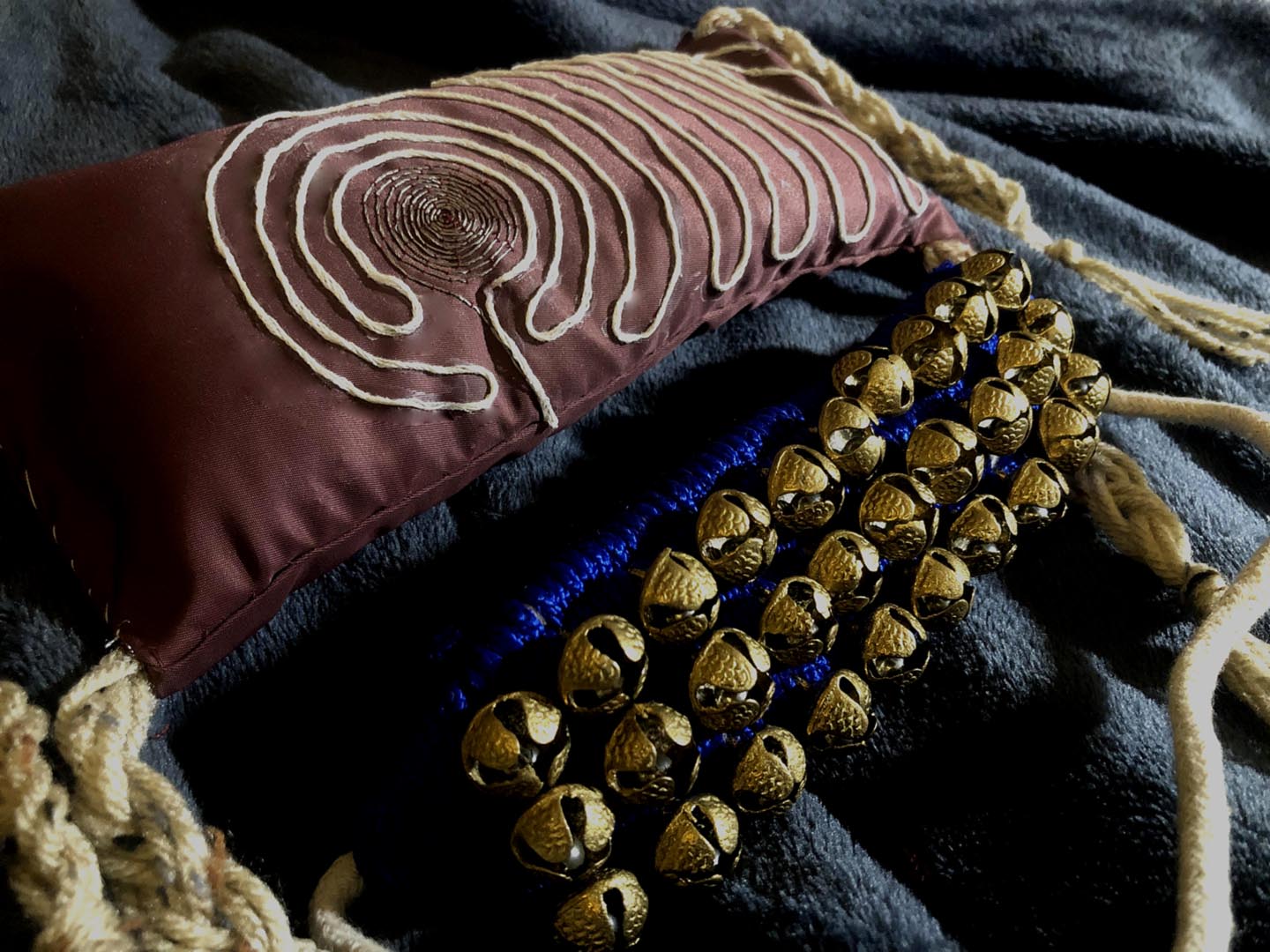

Find the process documentation here.
- • How will the sound react to the mp4ement? Will it be a change in volume or a change in soundtrack itself?
- • What microcontroller and other components to use?
- • What will the sound be?
- • How will the mp4ement be tracked?
- - Pressure sensors that track the impact of the dance steps
- - tilt-contact circuit that can record mp4ement (in a binary manner)
- - accelerometer
- • What will the form of the e-ghungroos be (Dimensions and Materials)?
- - Materials- to be determined after testing different combinations of speakers and their sound qualities
- - Dimensions- as close to the original ghungroos as possible for comfort
- • How will the interaction be? Will the two feet coordinate? Will it be a live feedback or a delayed one?
- - Can the two circuits in the two feet communicate wirelessly?
- - Can they predict mp4ements or record and store mp4ements that can be played afterwards?
- • What to do about the chunky magnets!?
- • Teensy 3.2 + Audio Adaptar (RevC) or Teensy 4.0 + Audio Adaptar (RevD)
- • MonoAmp
- • Speaker (or a conductive coil + magnet)
- • Potentiometer (or a variable sensor for input)
- • conductive yarn (or connectors such as jumper wires or alligator clips)
- • Battery equivalent to 3 V should suffice
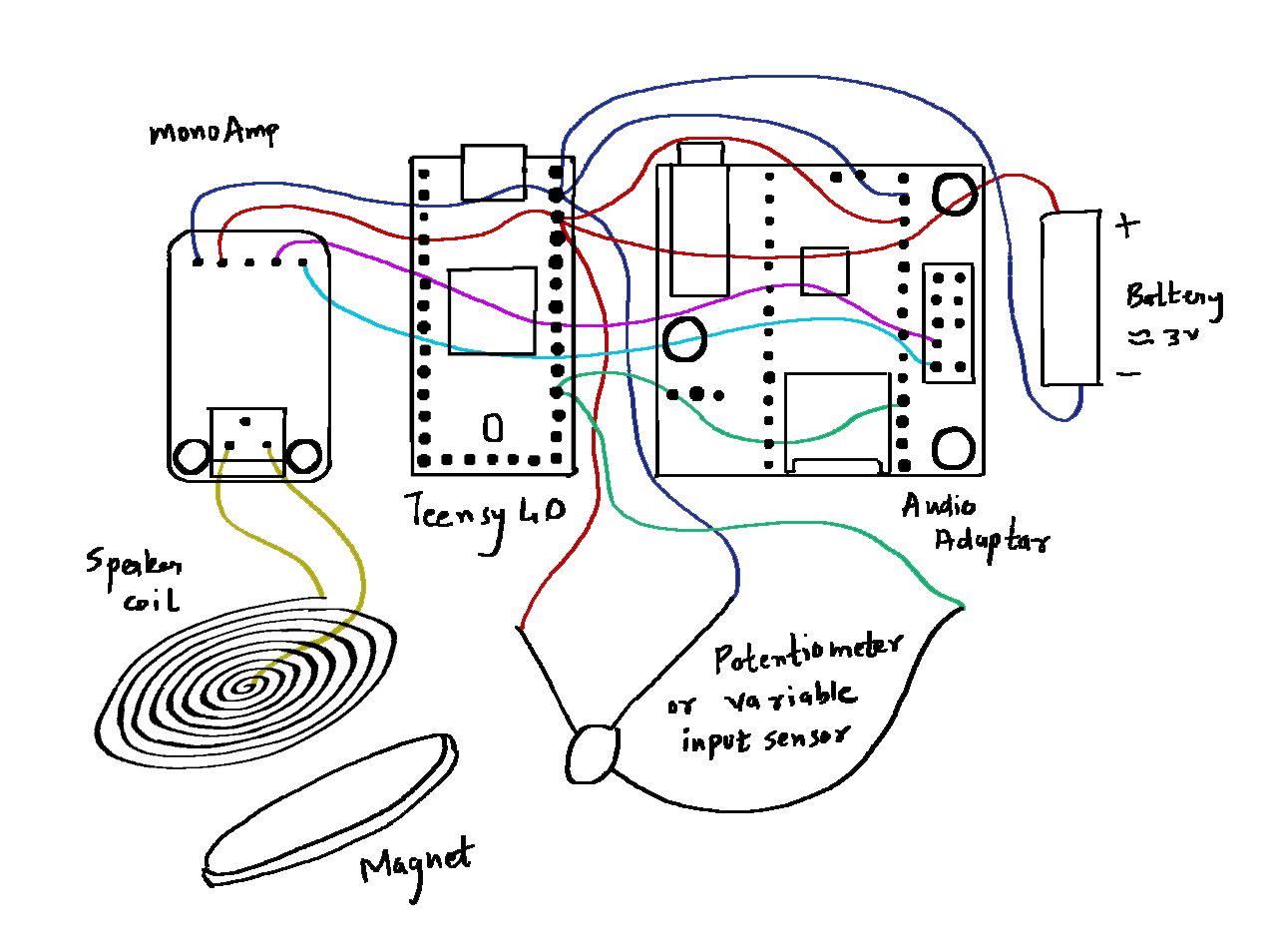


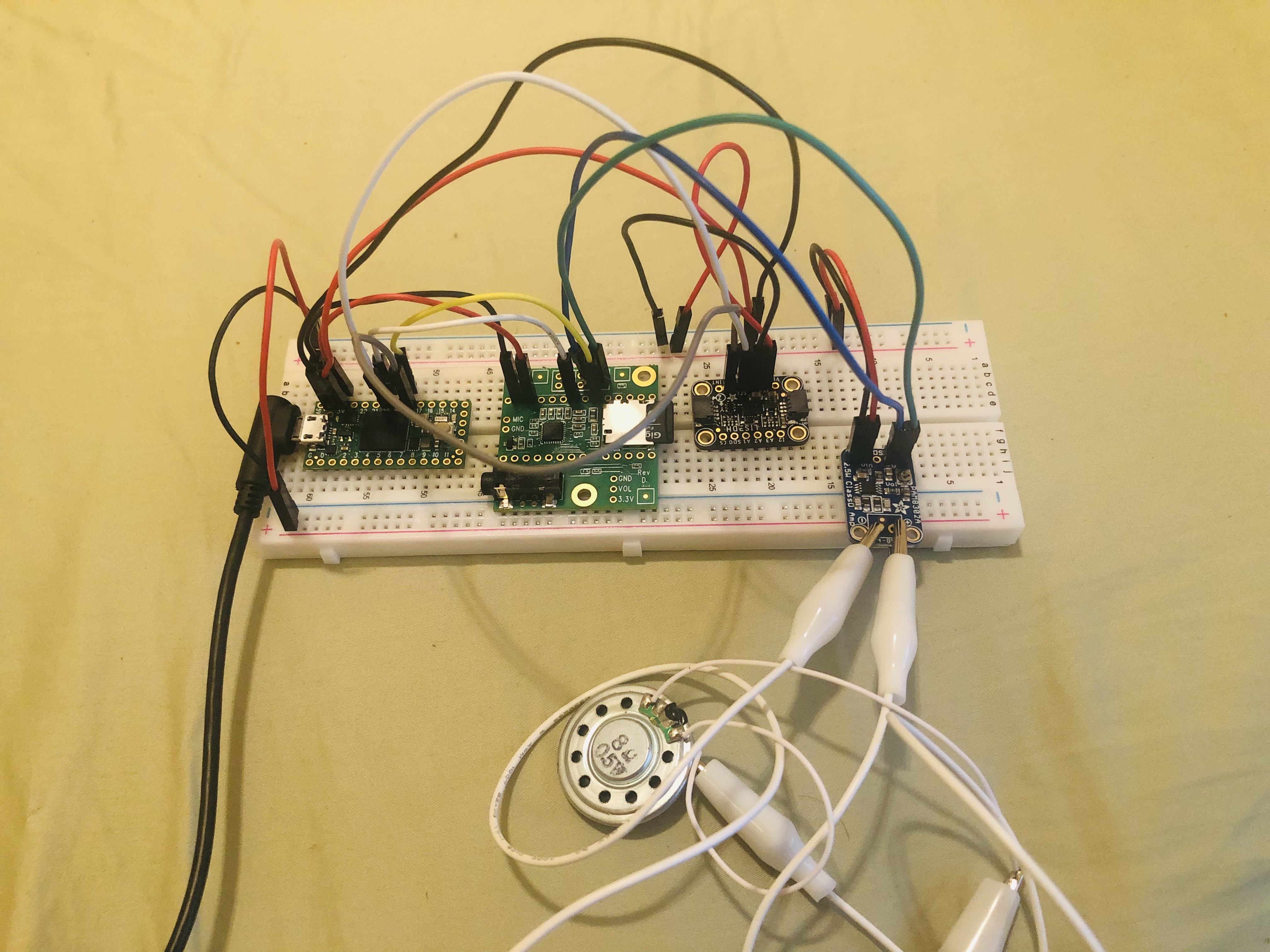
Why?
- • It is a proven comfortable form for a dancer to perform with.
- • It has affordances of padding- an extremely beneficial attribute considering the frustratingly large number of components needed to build a speaker
- • The size is pretty similar to the breadboard above, and might just fit the components successfully.
